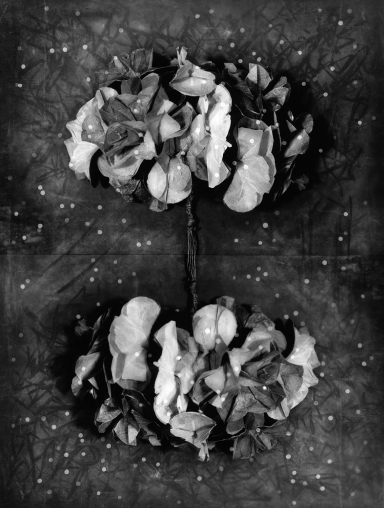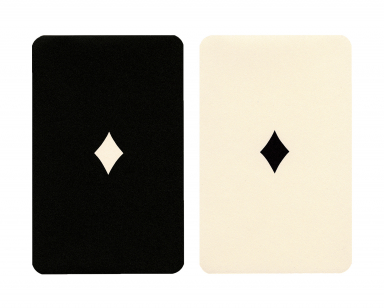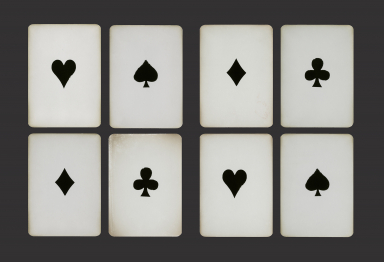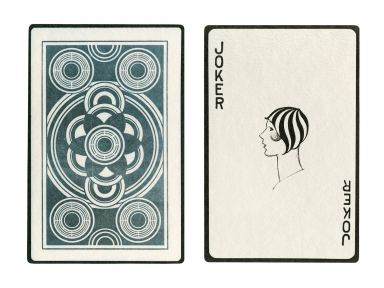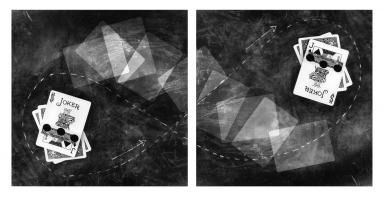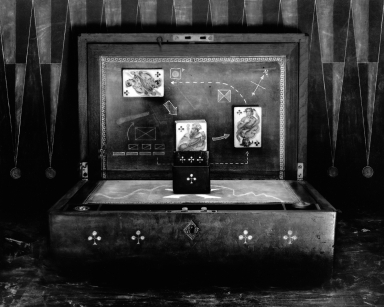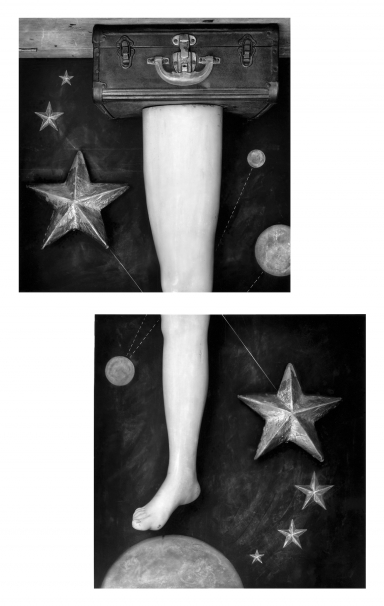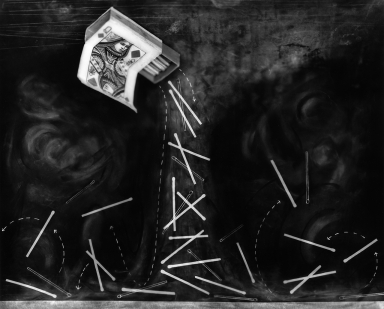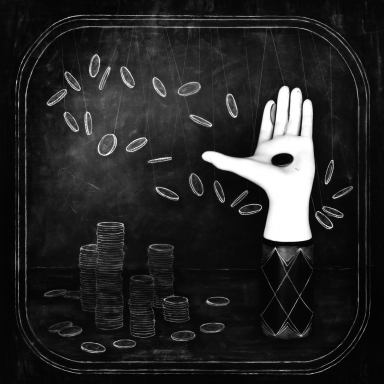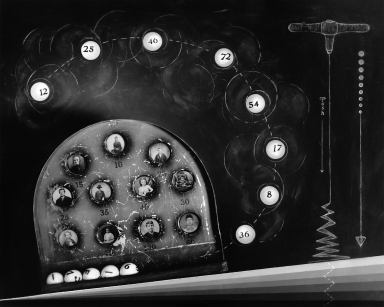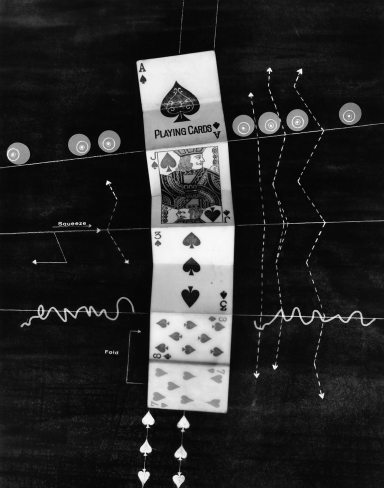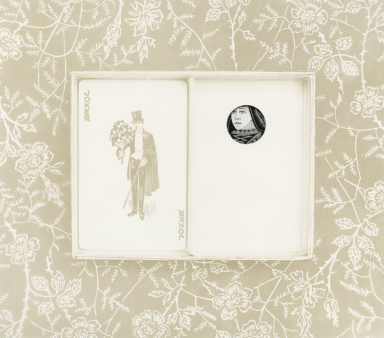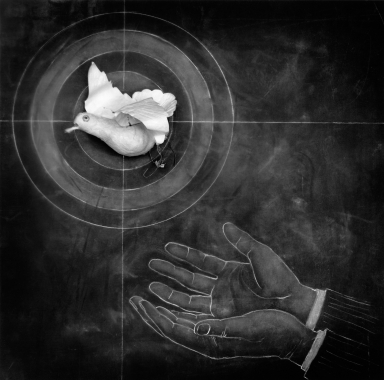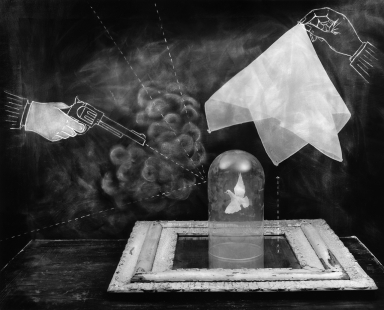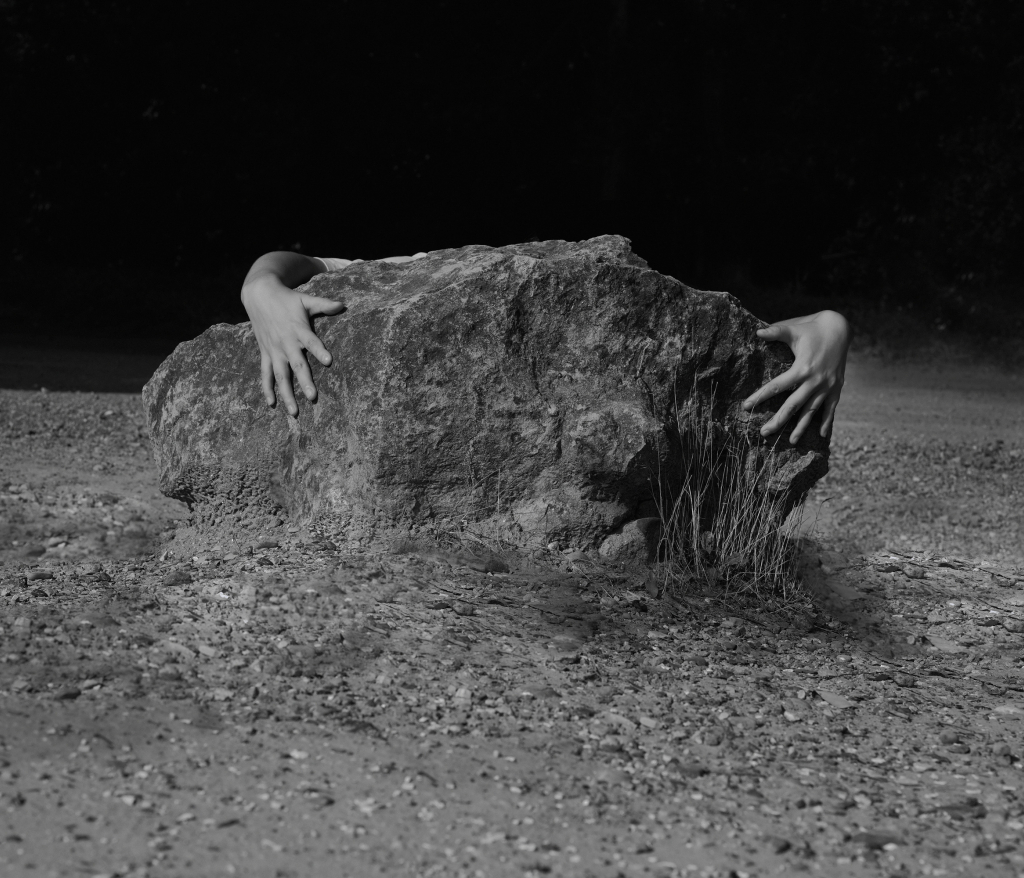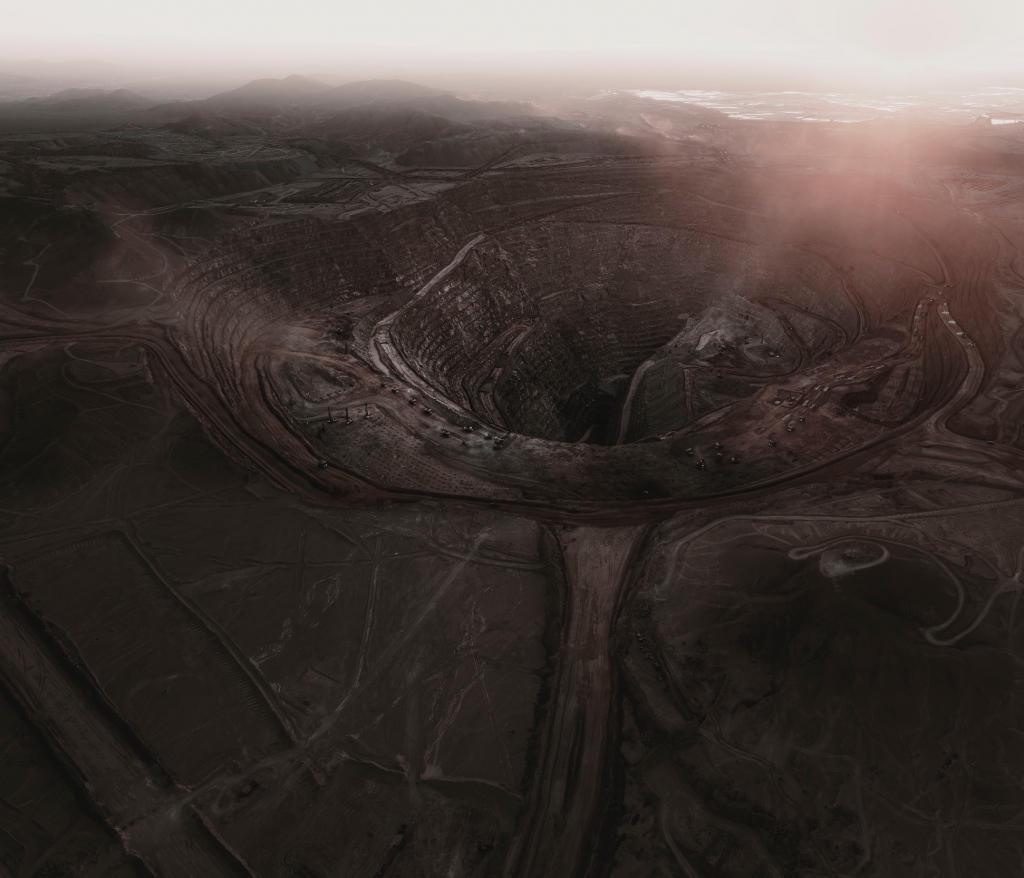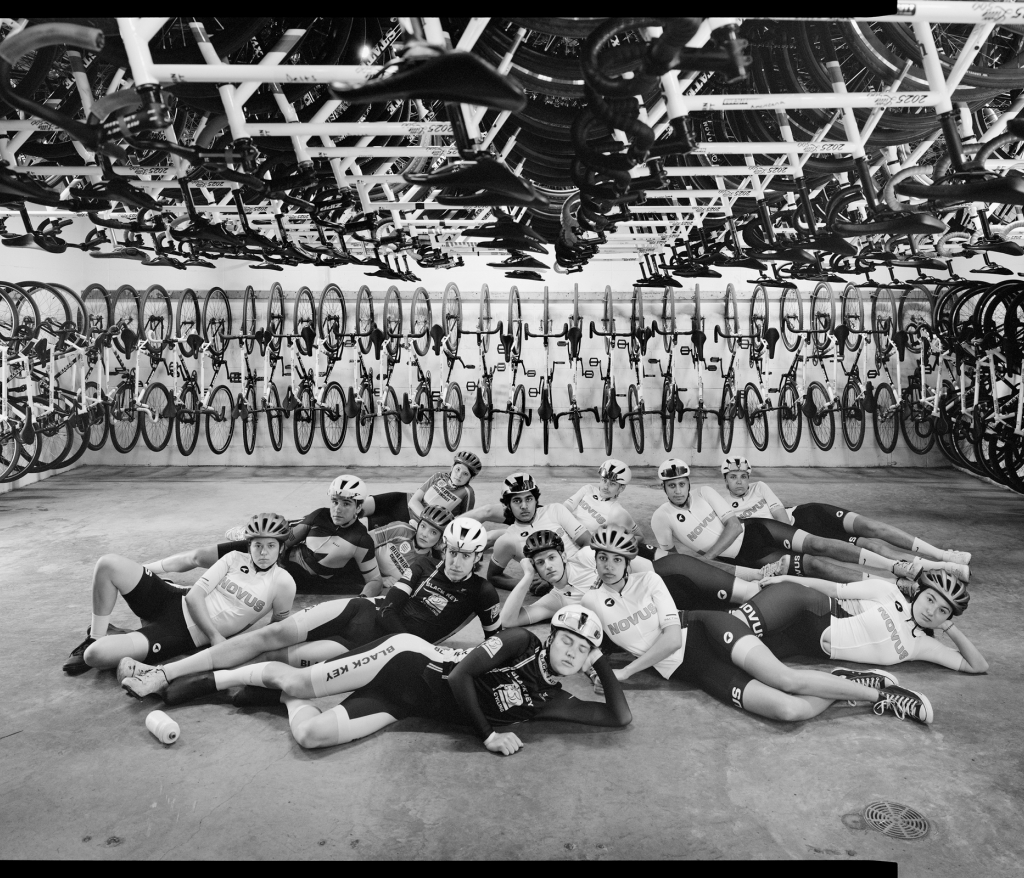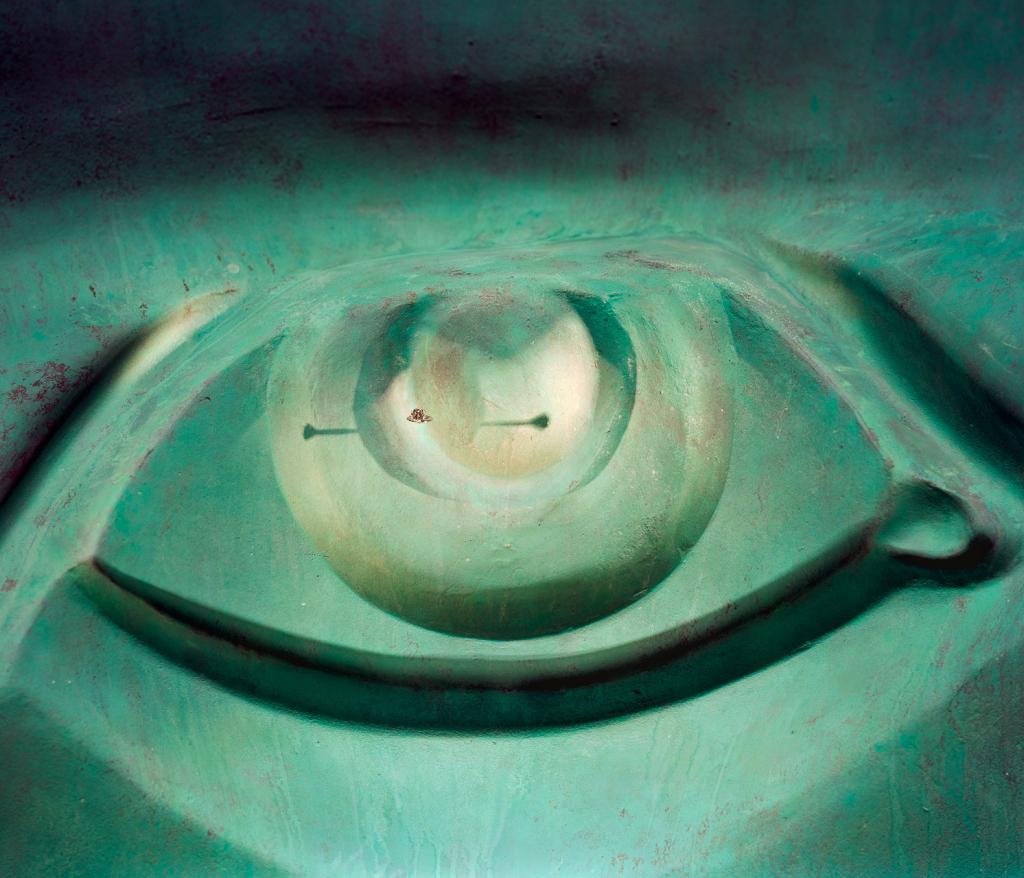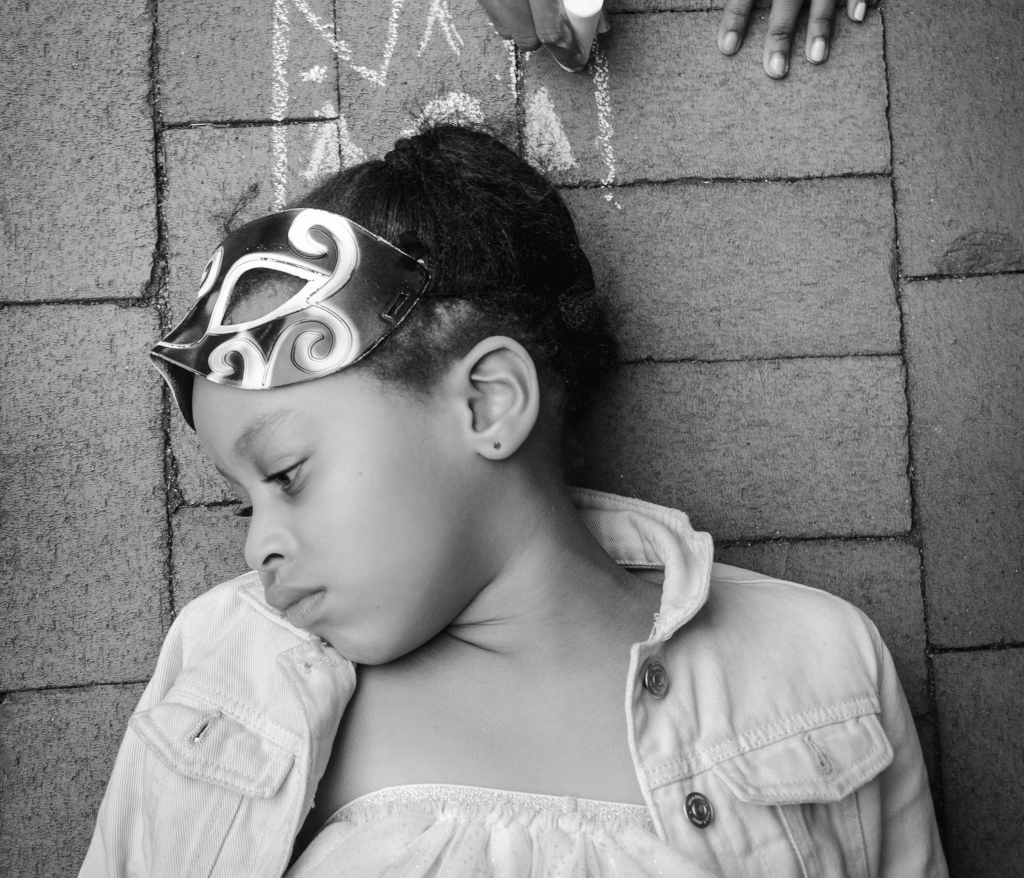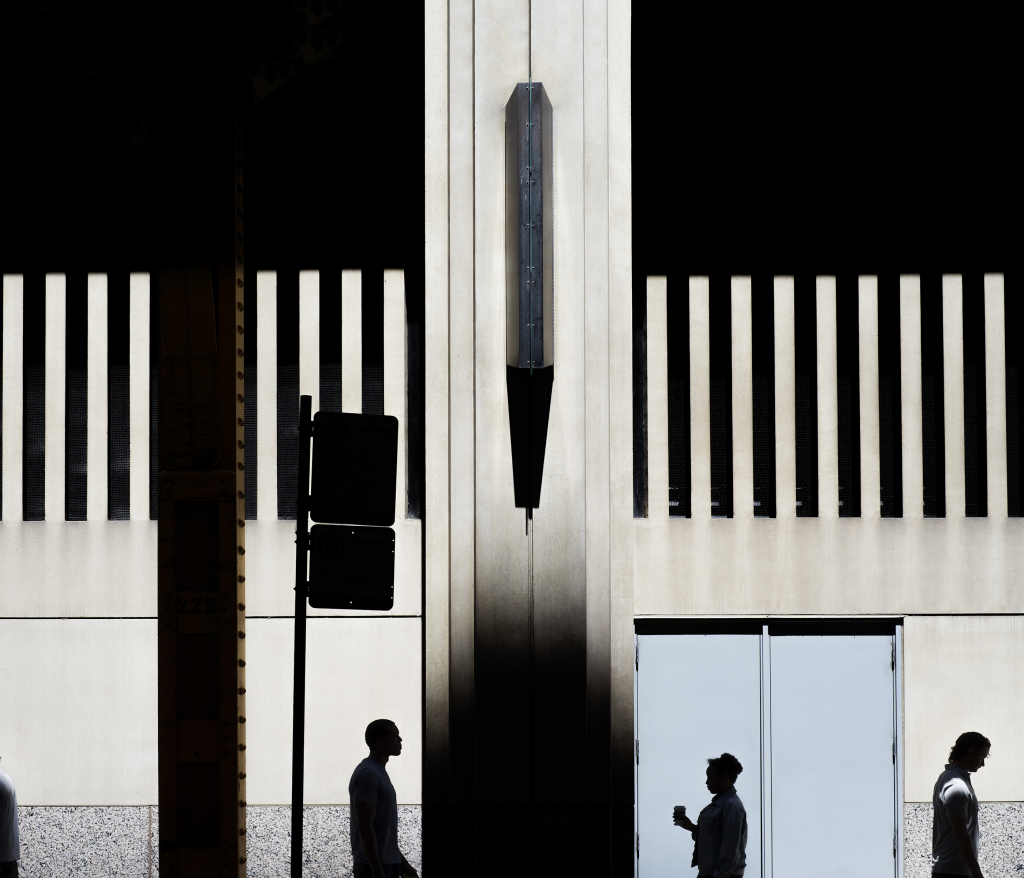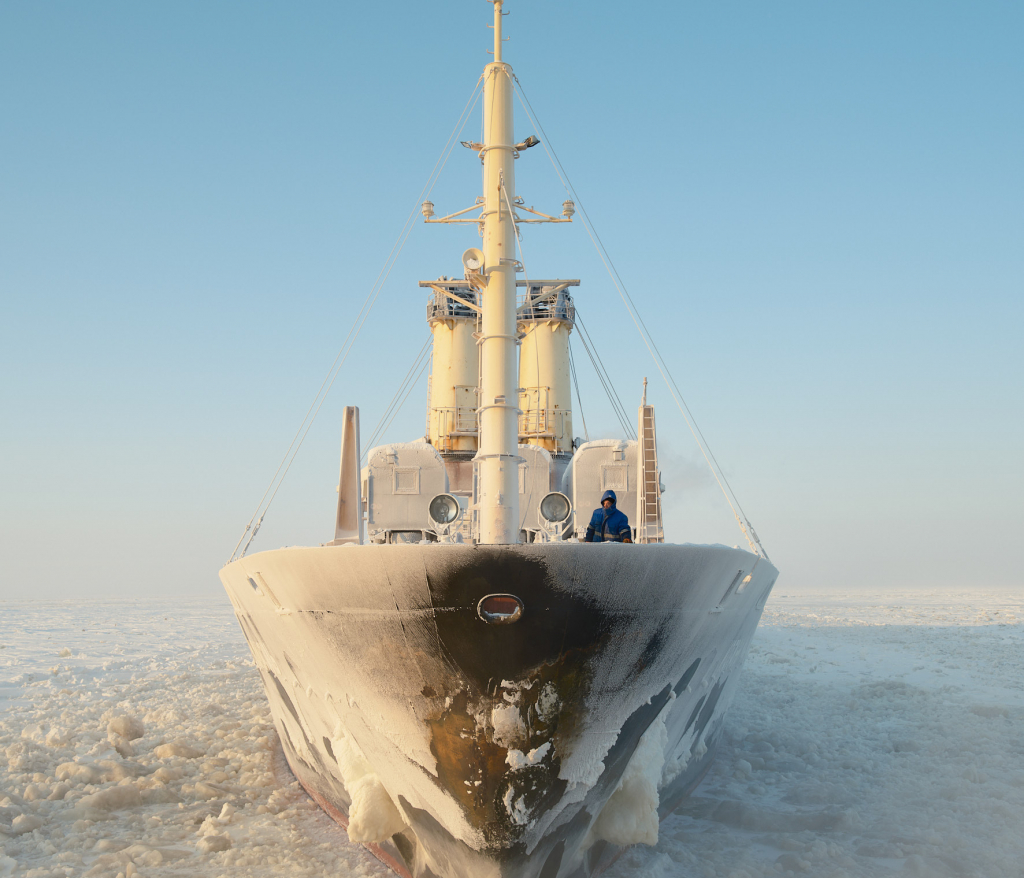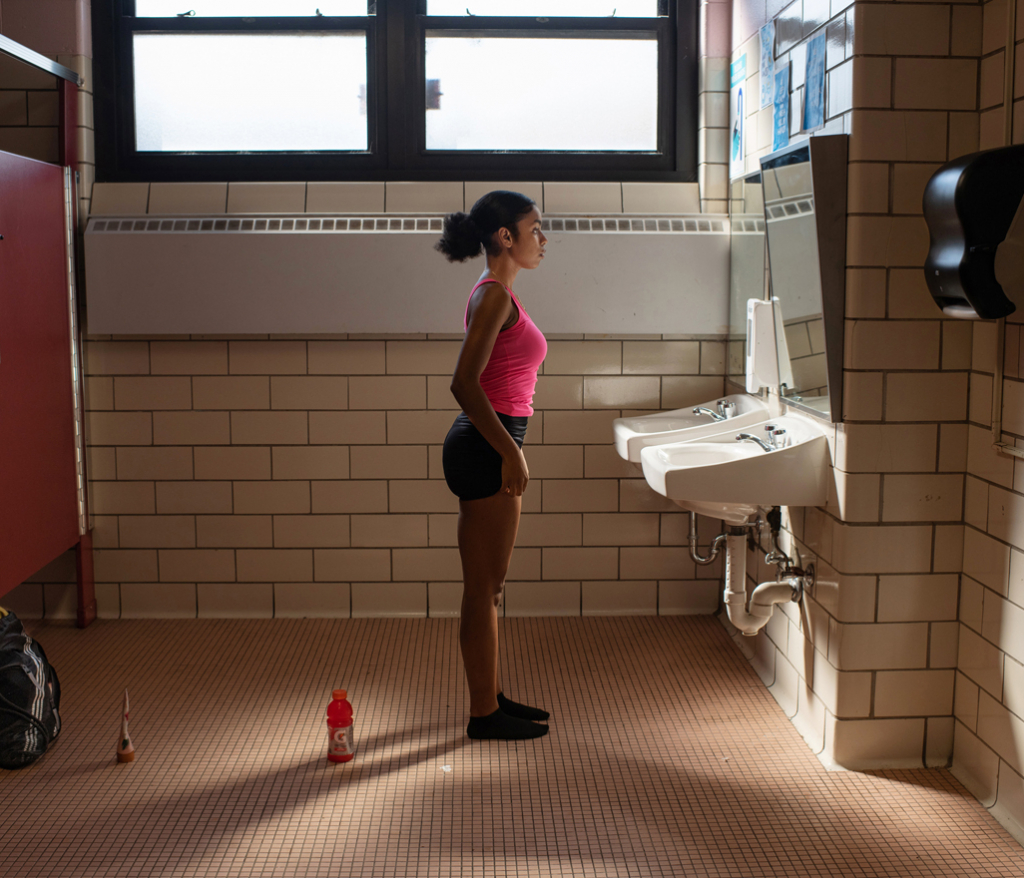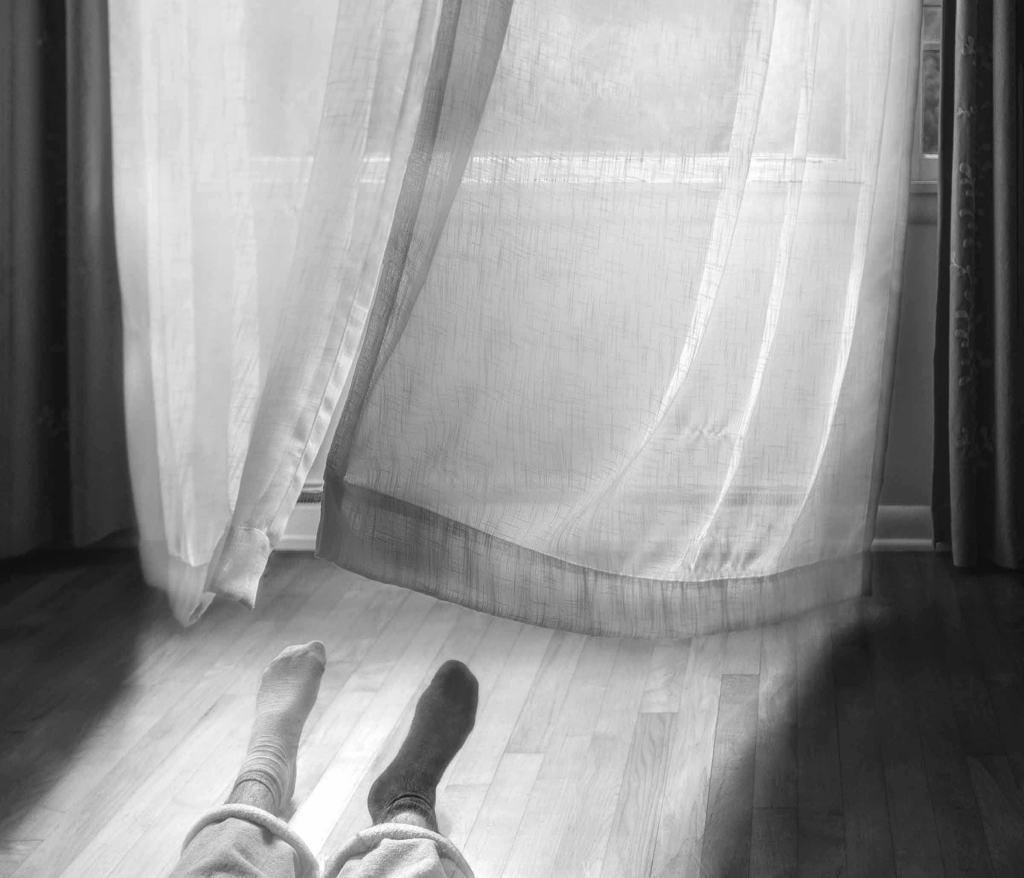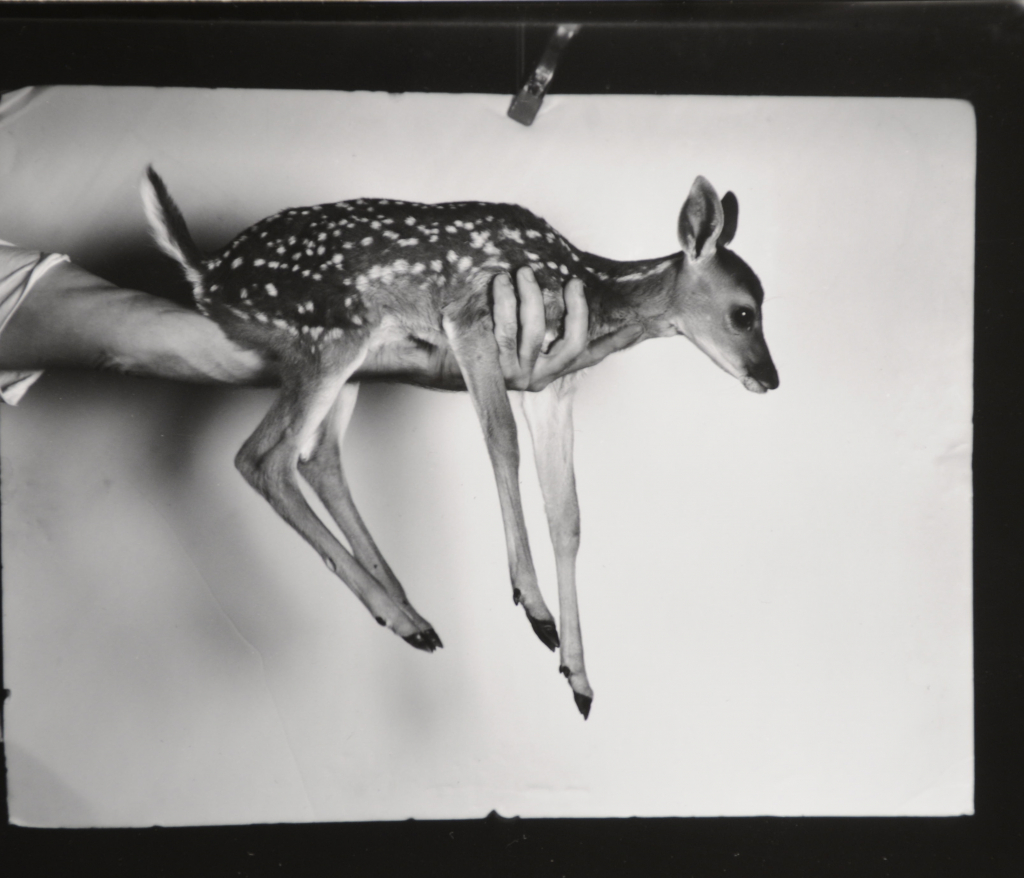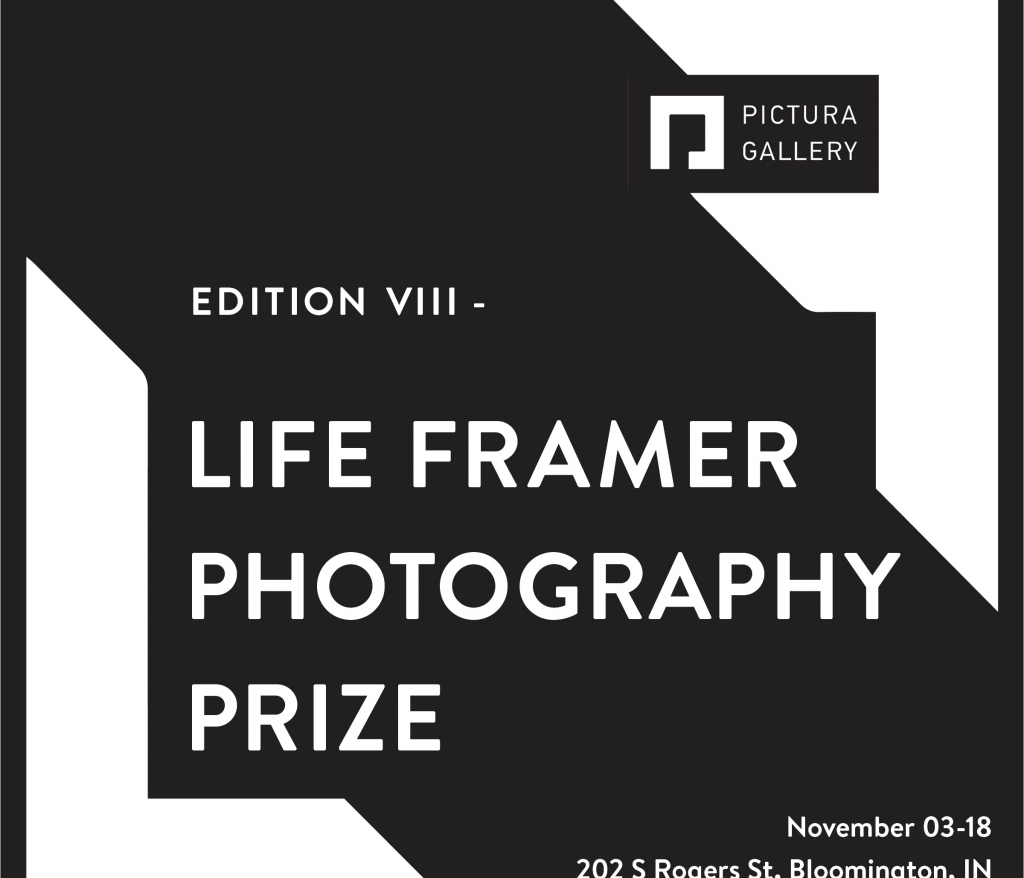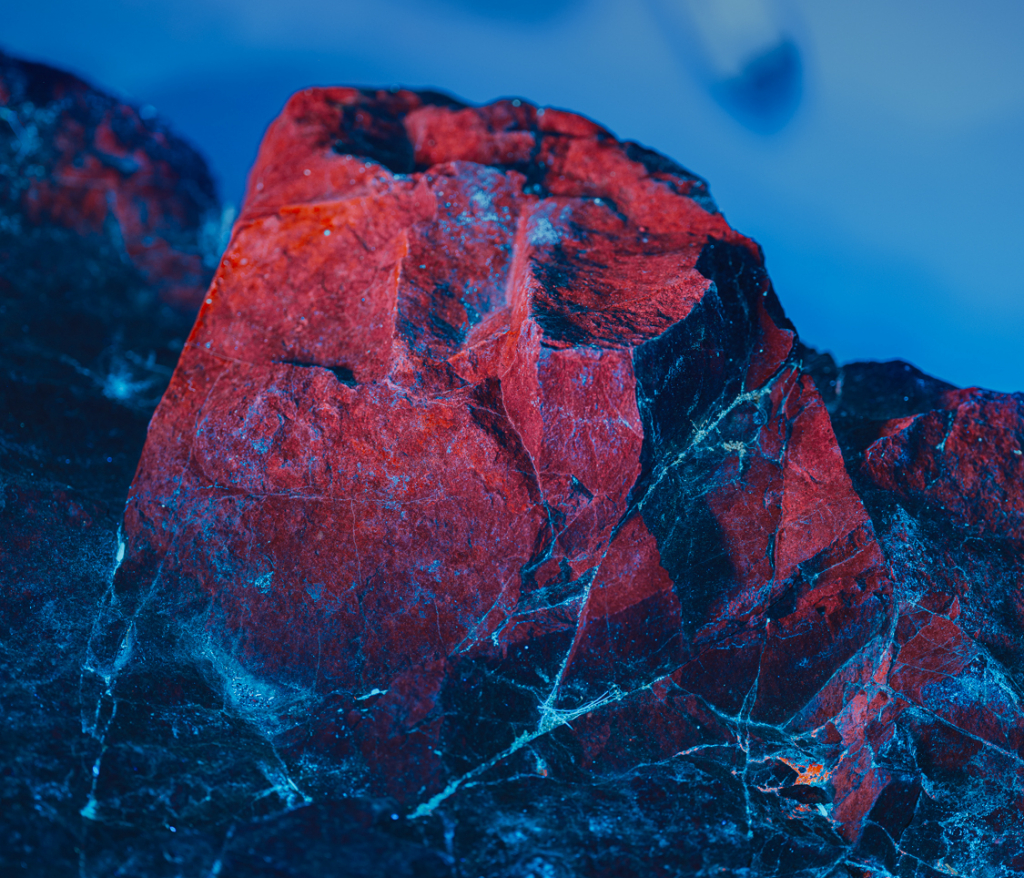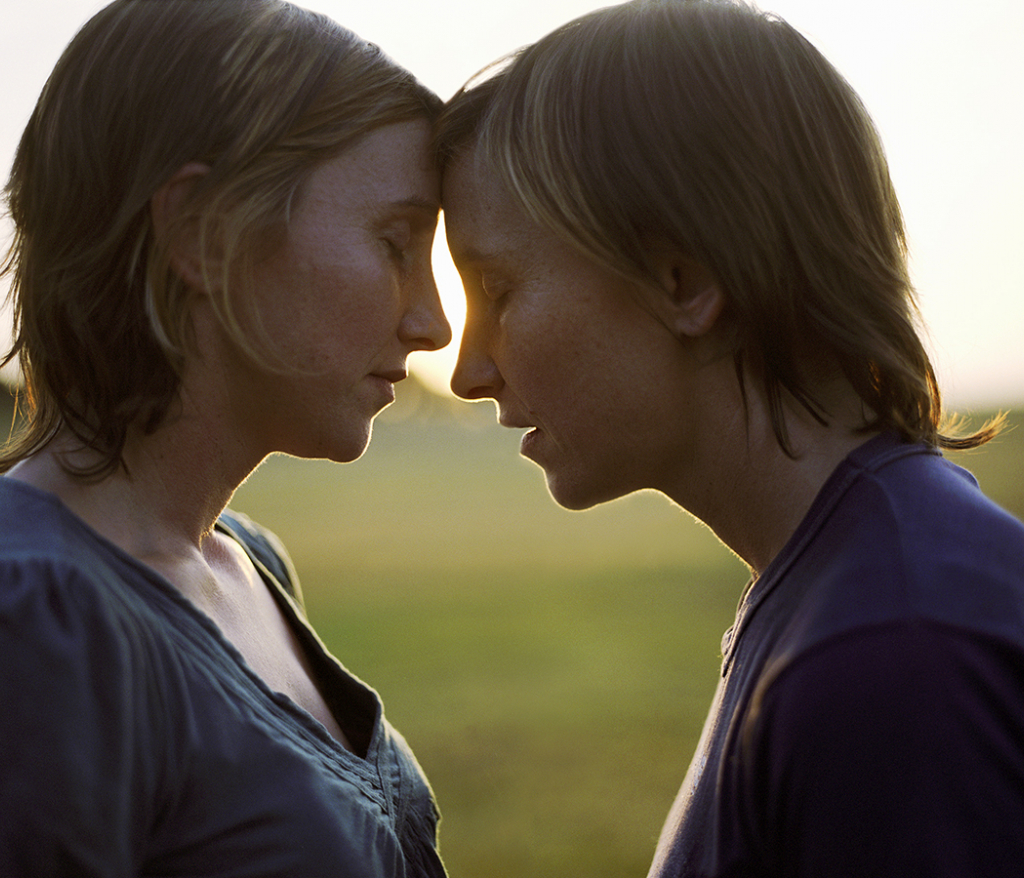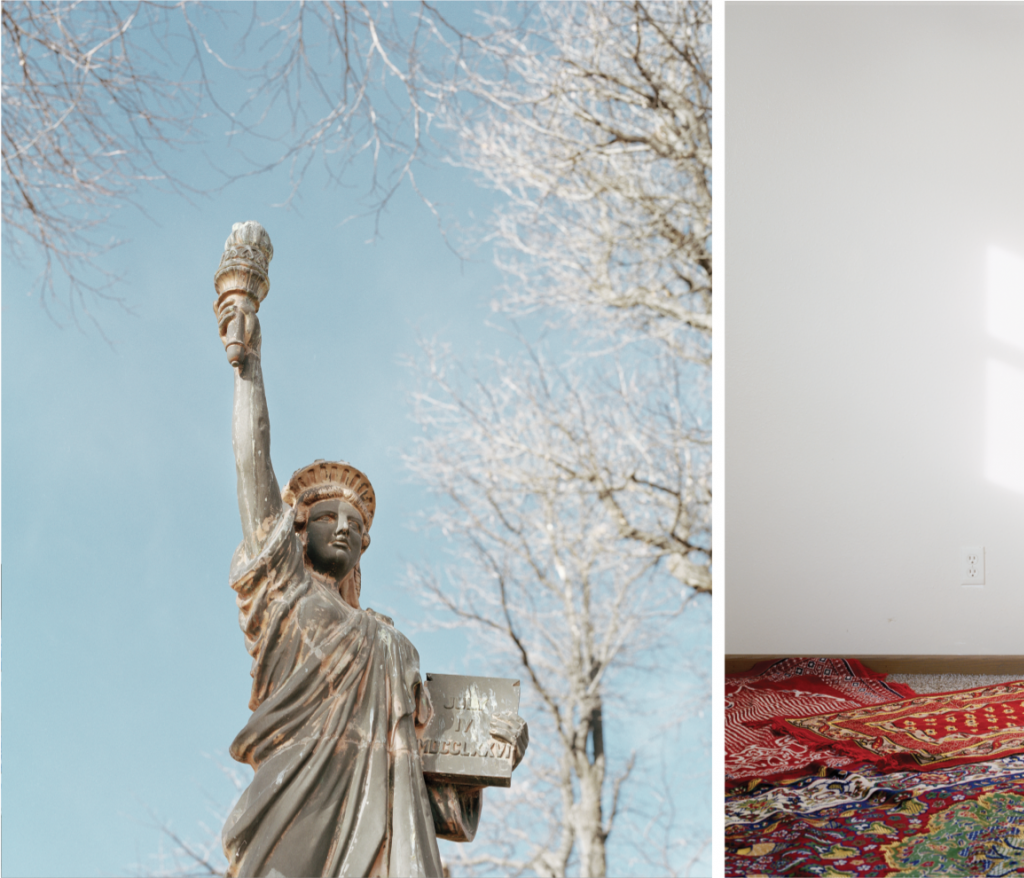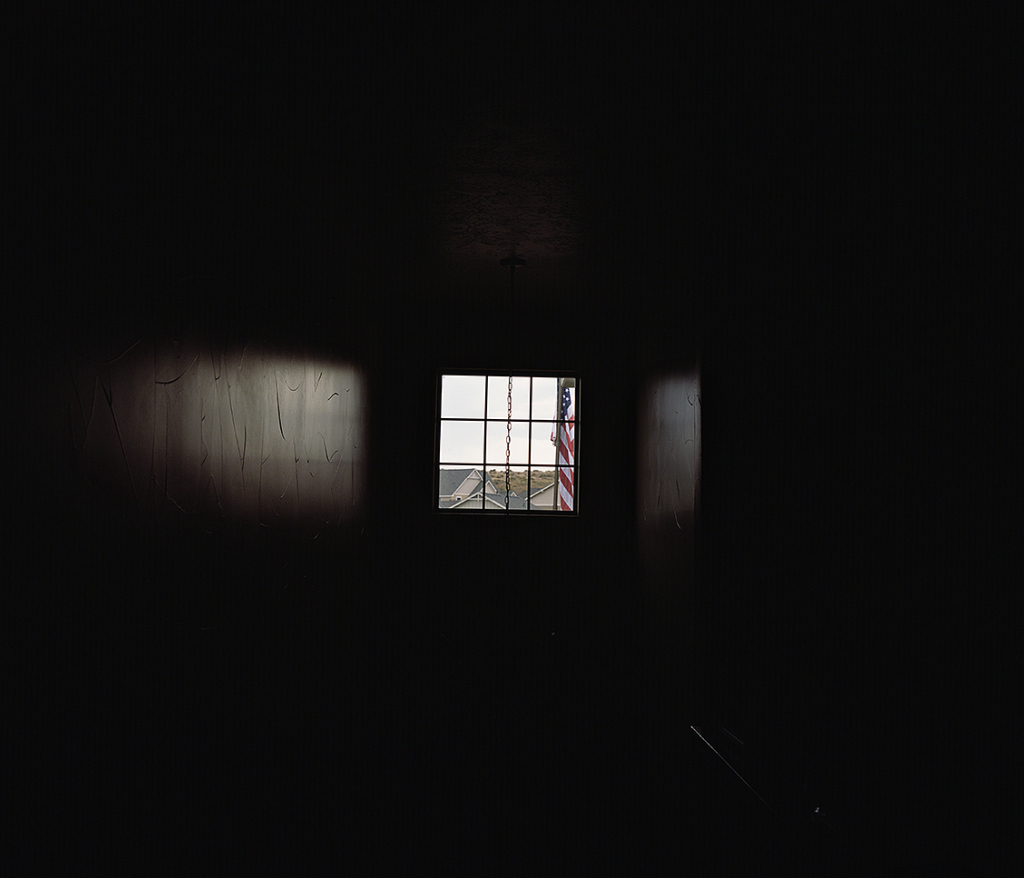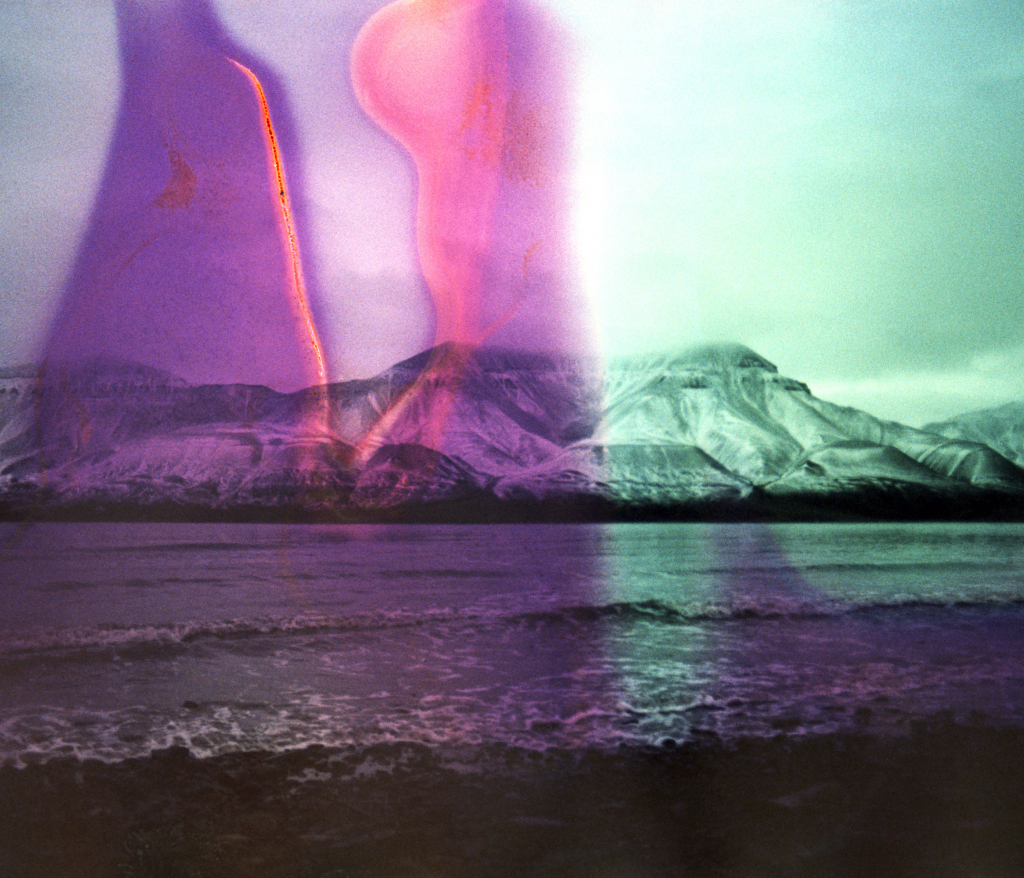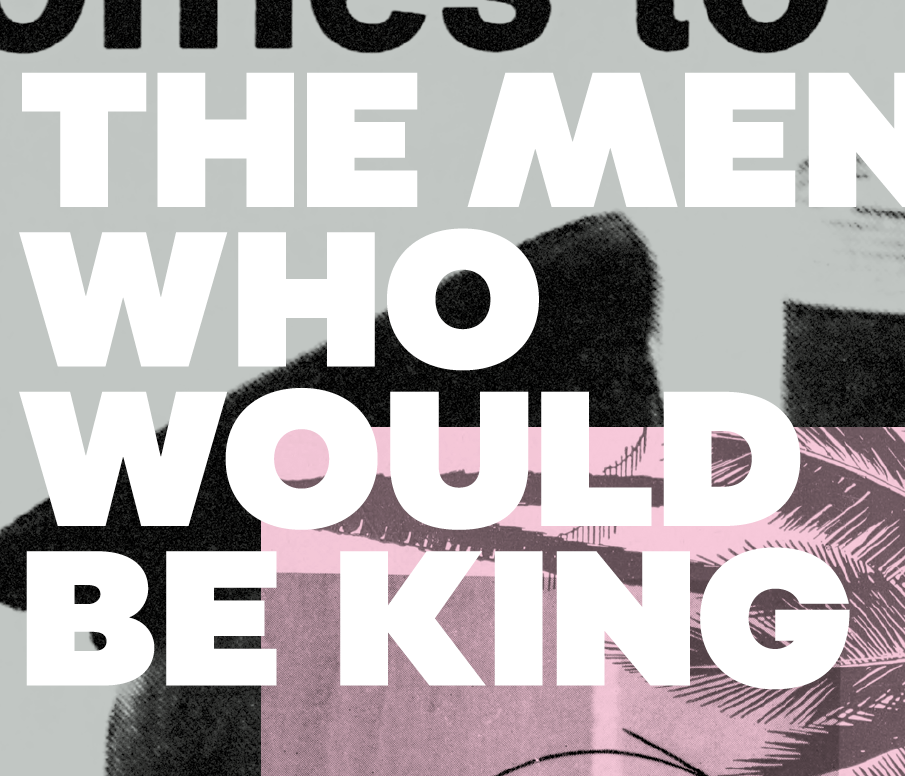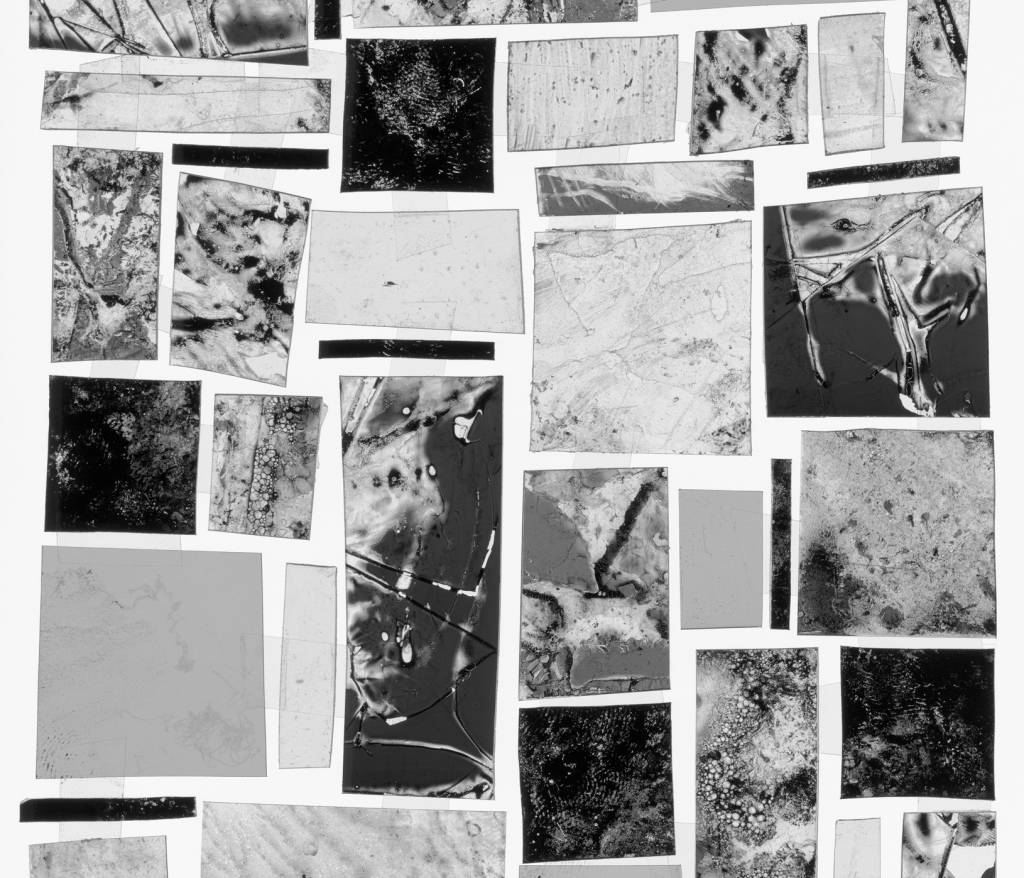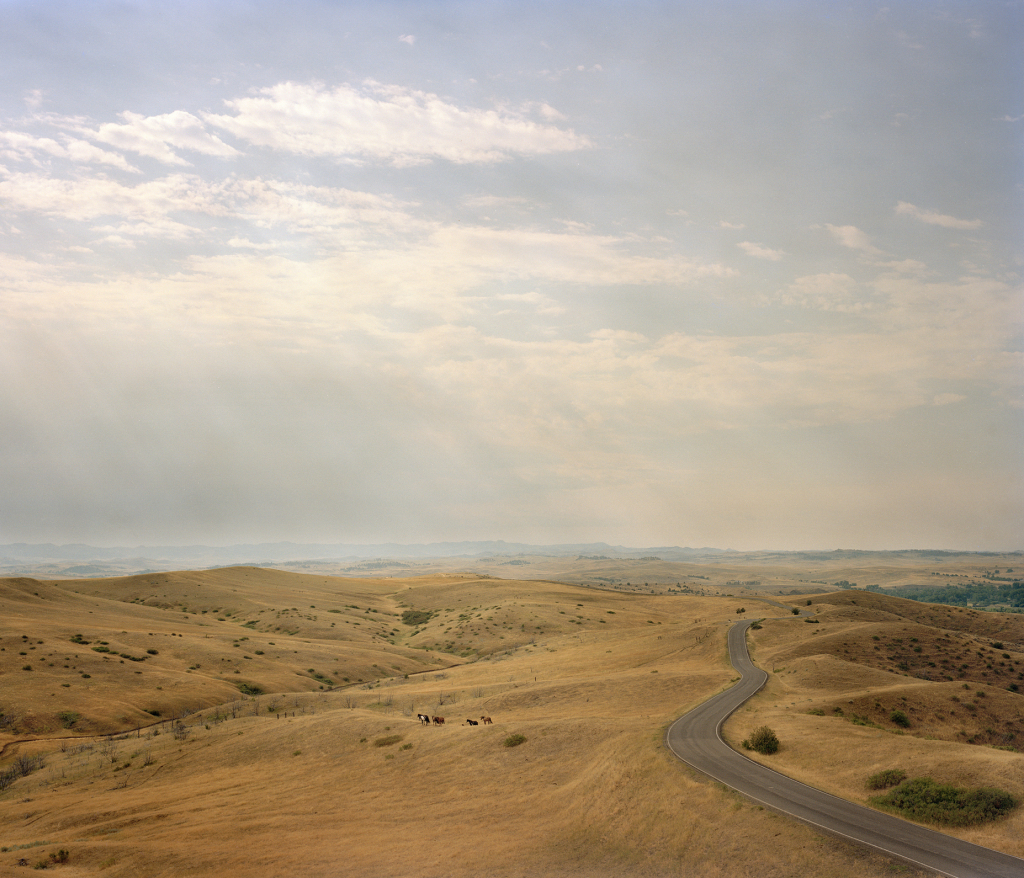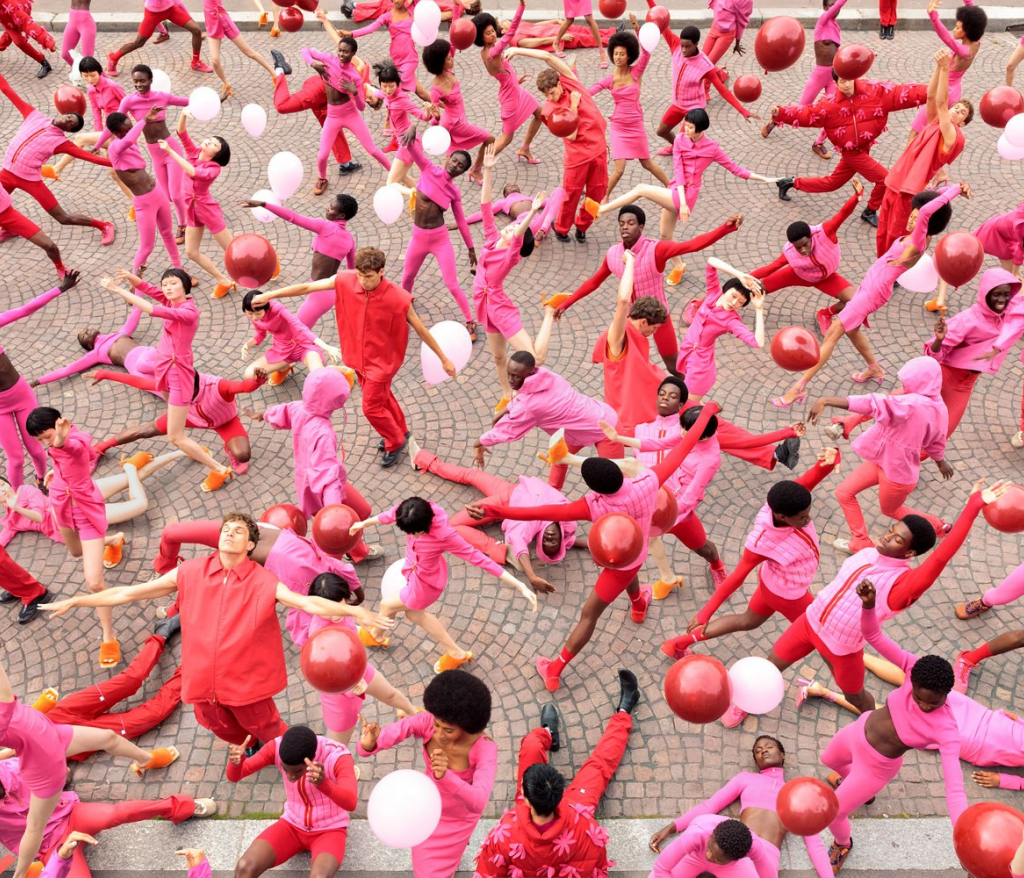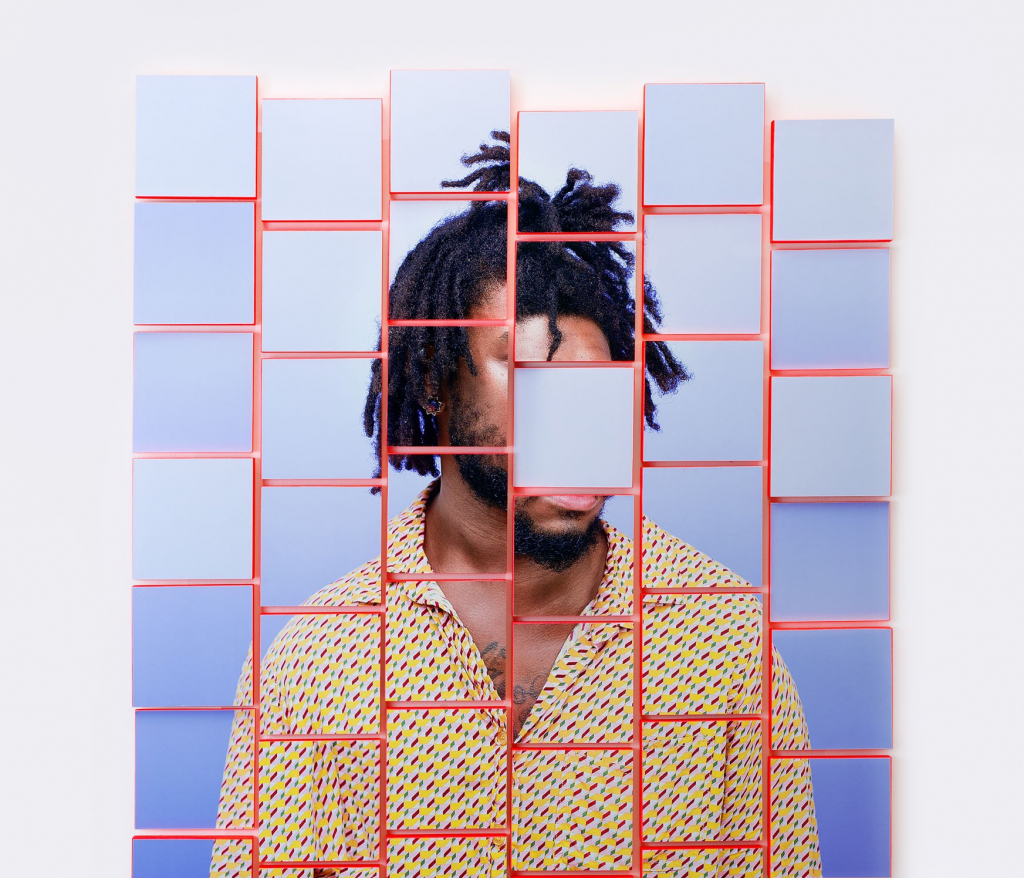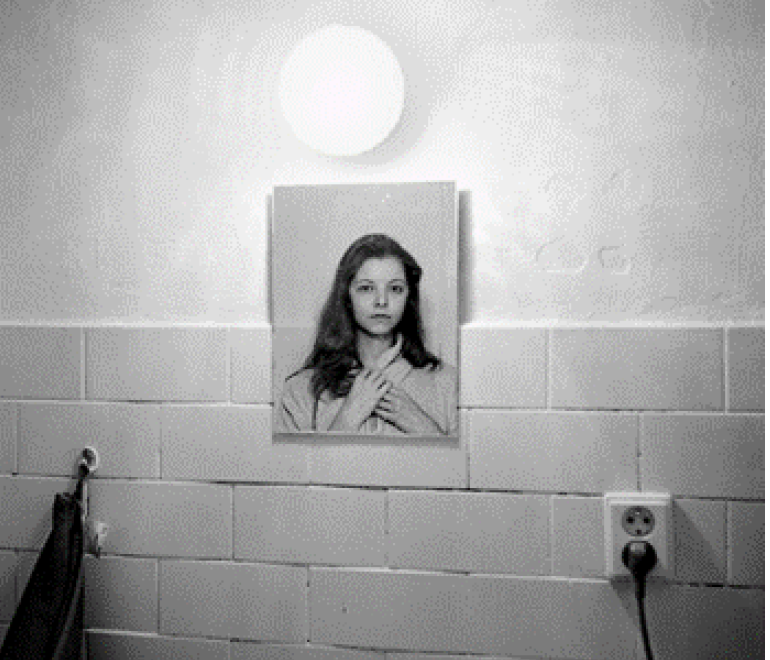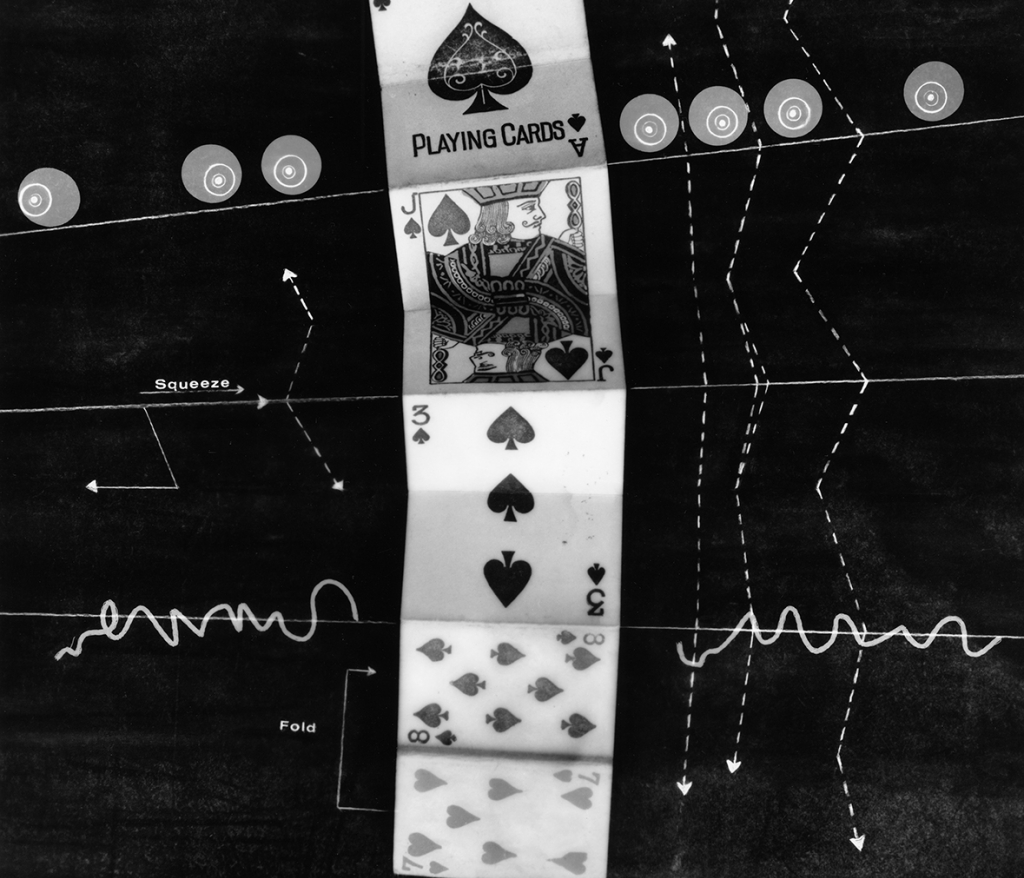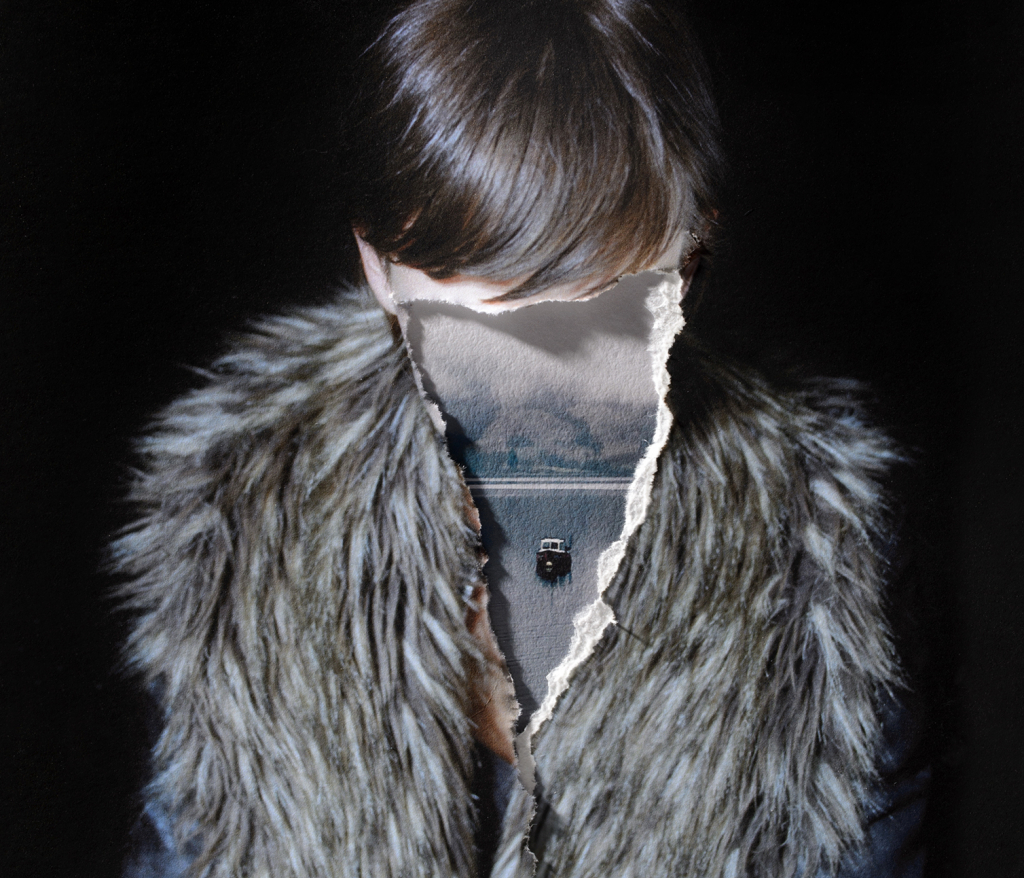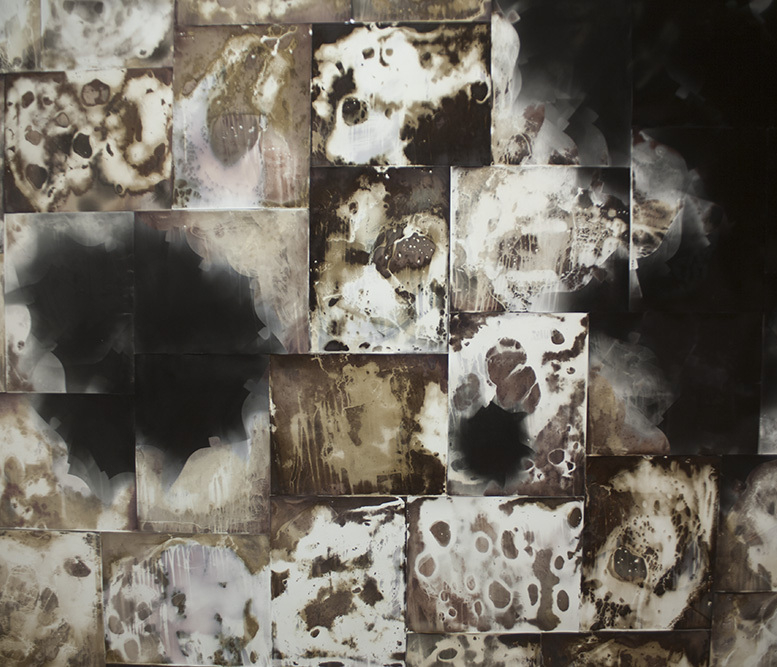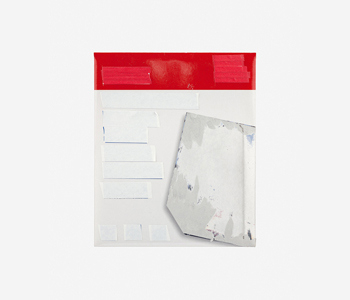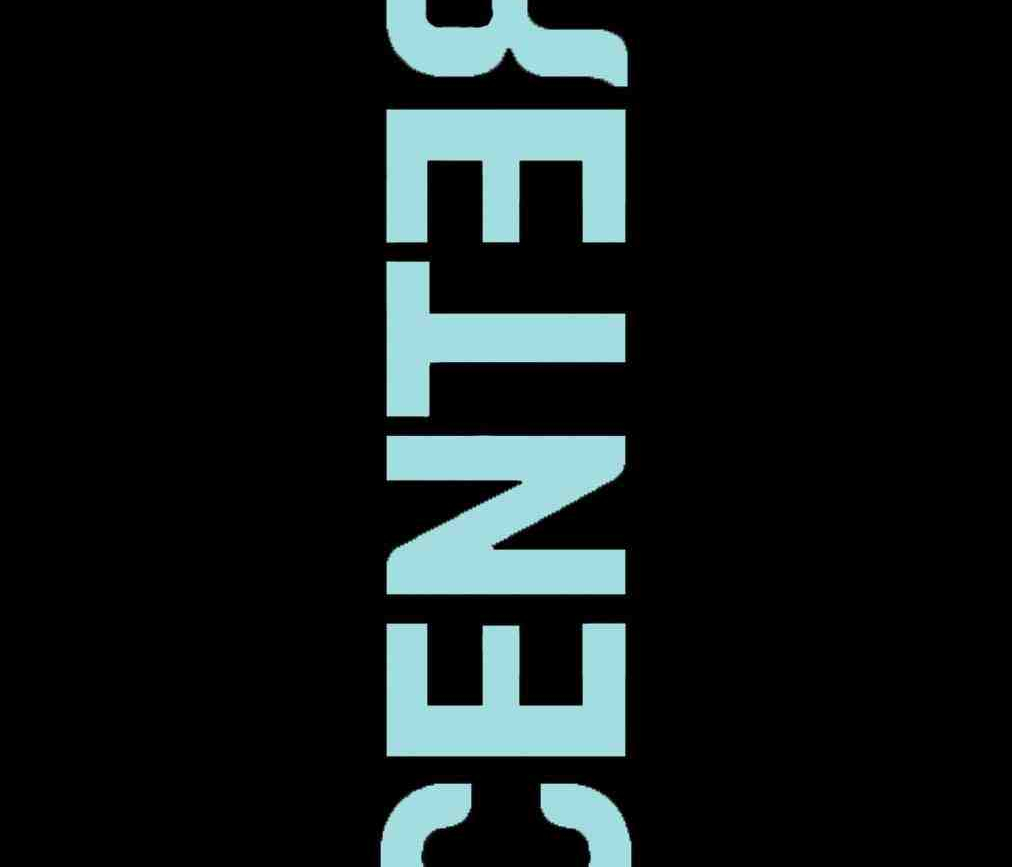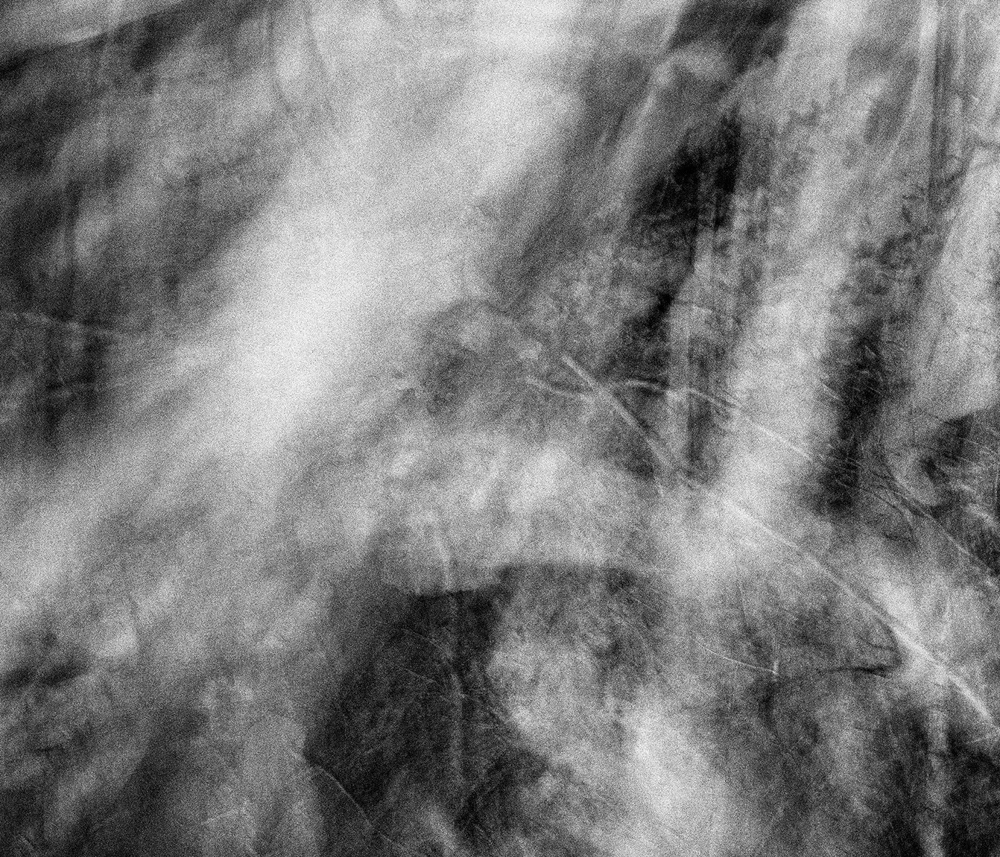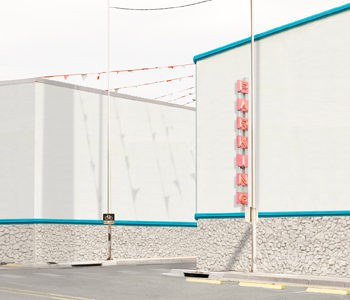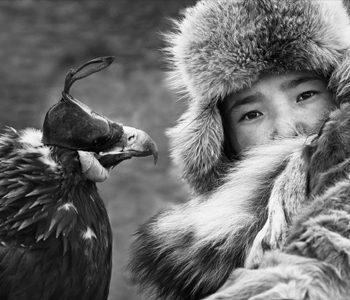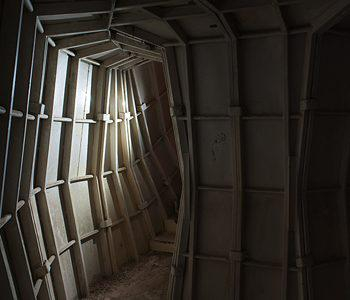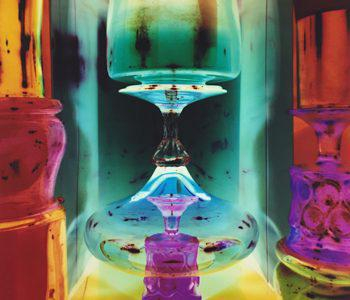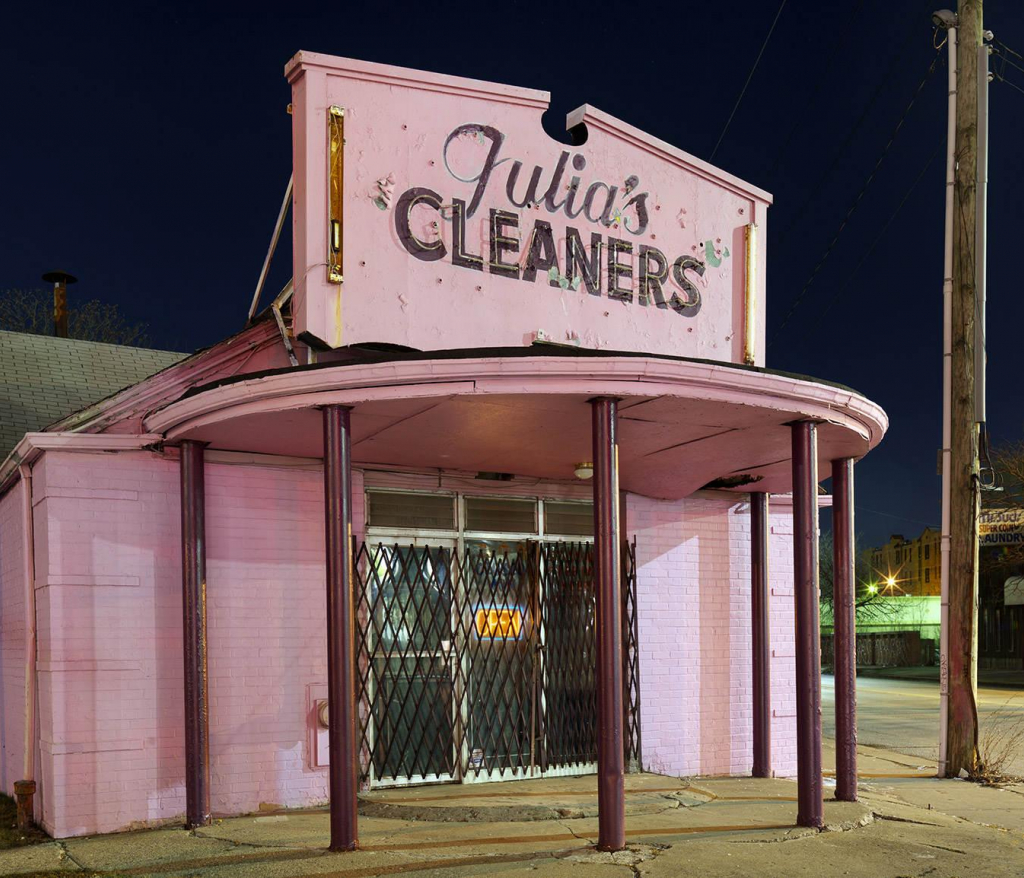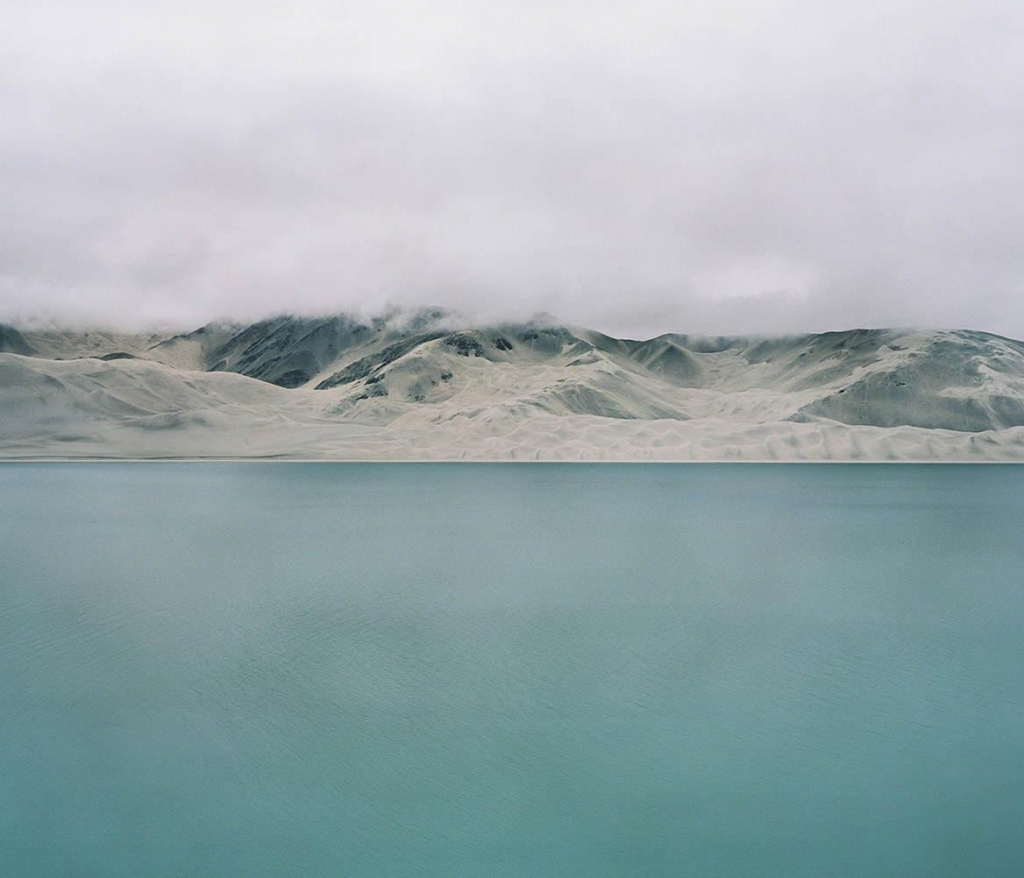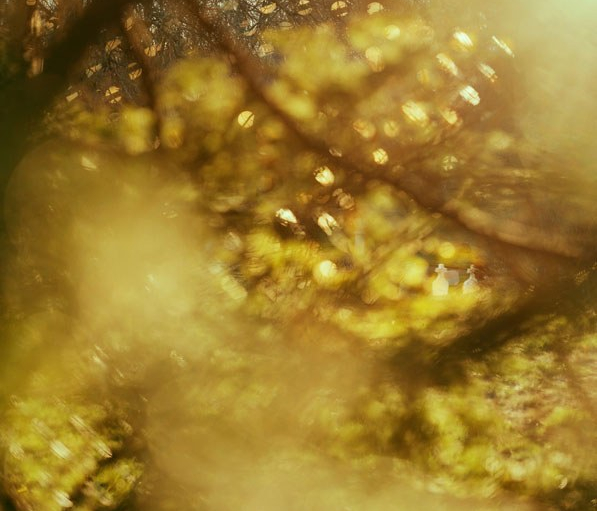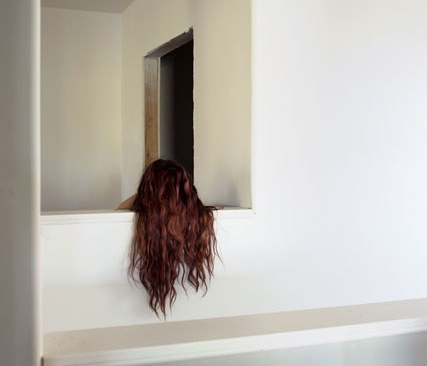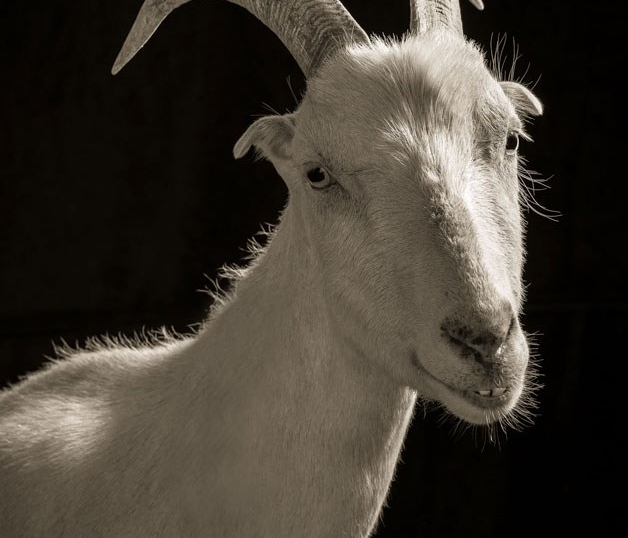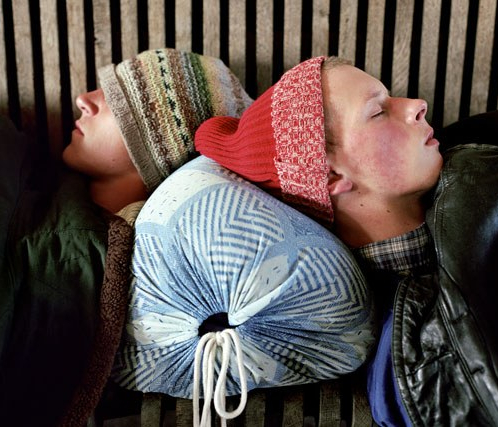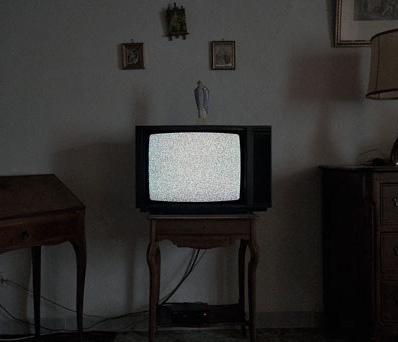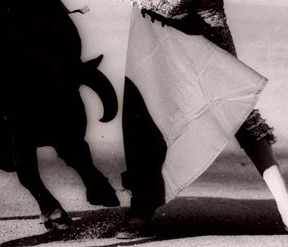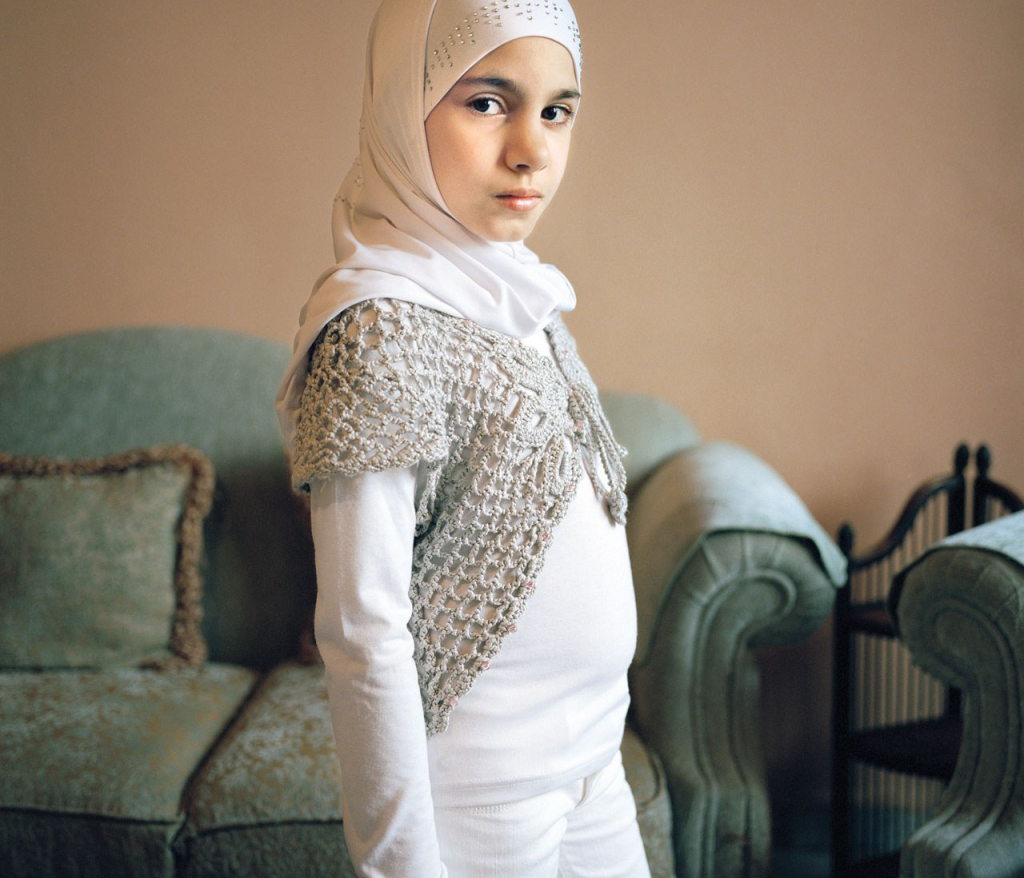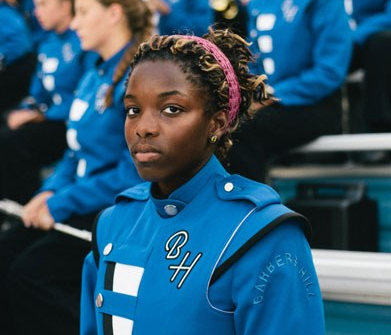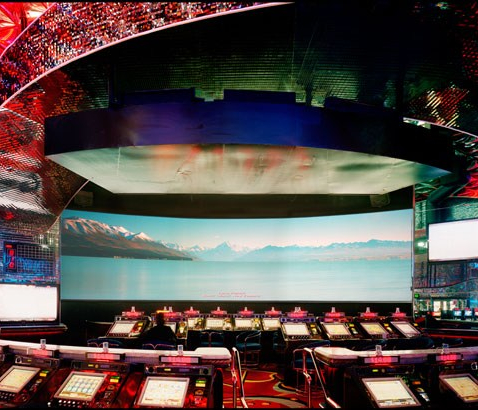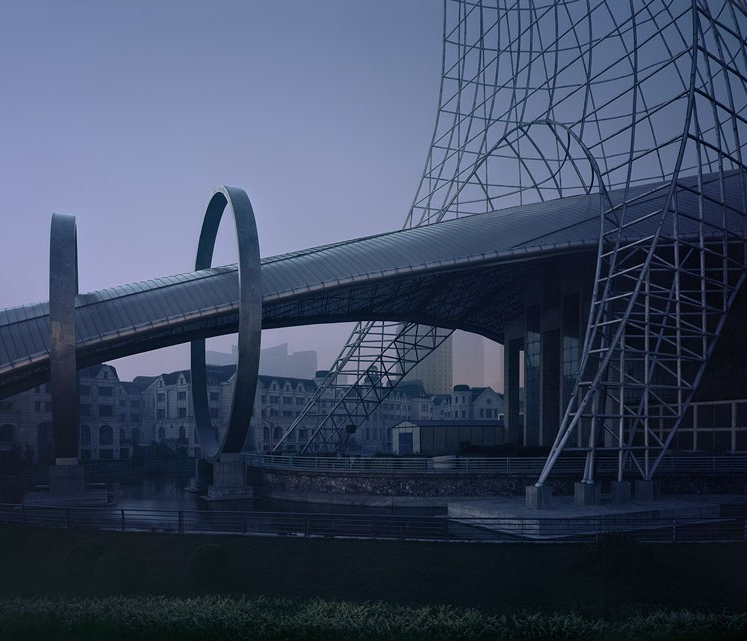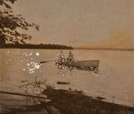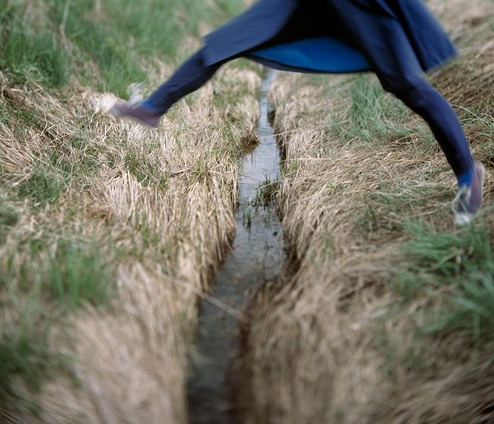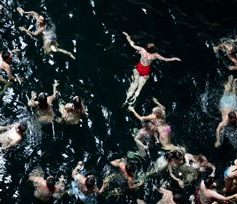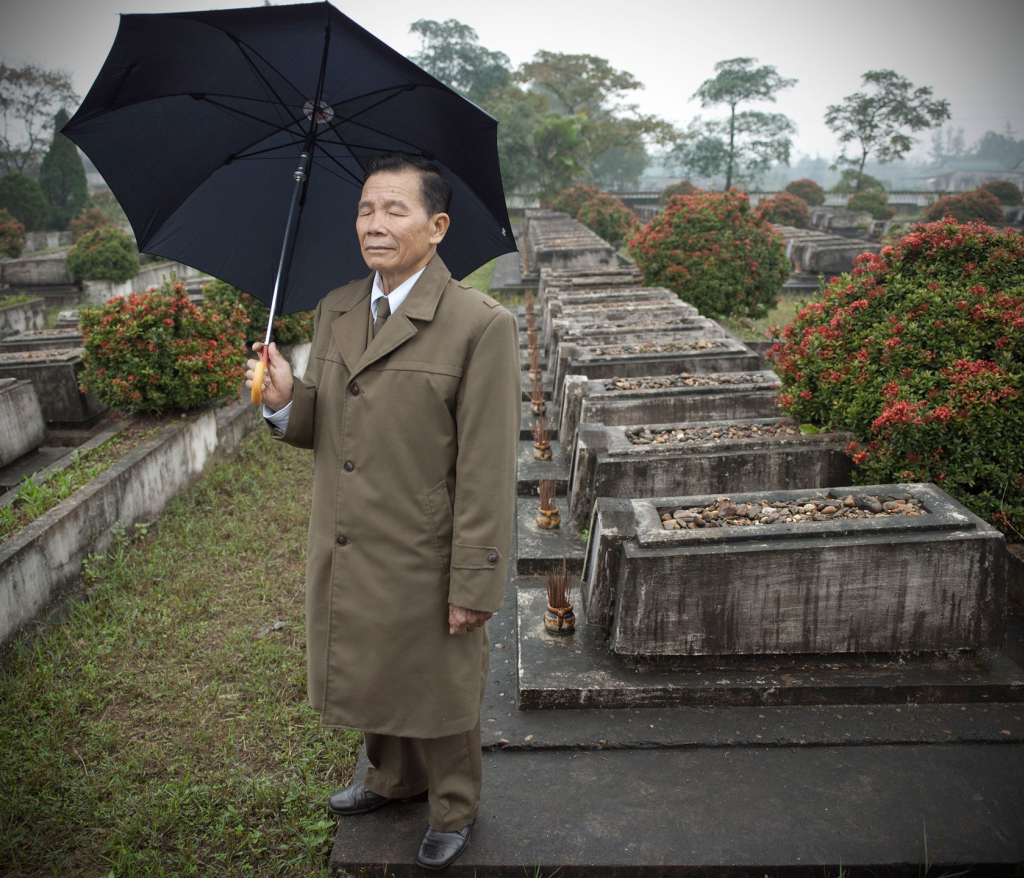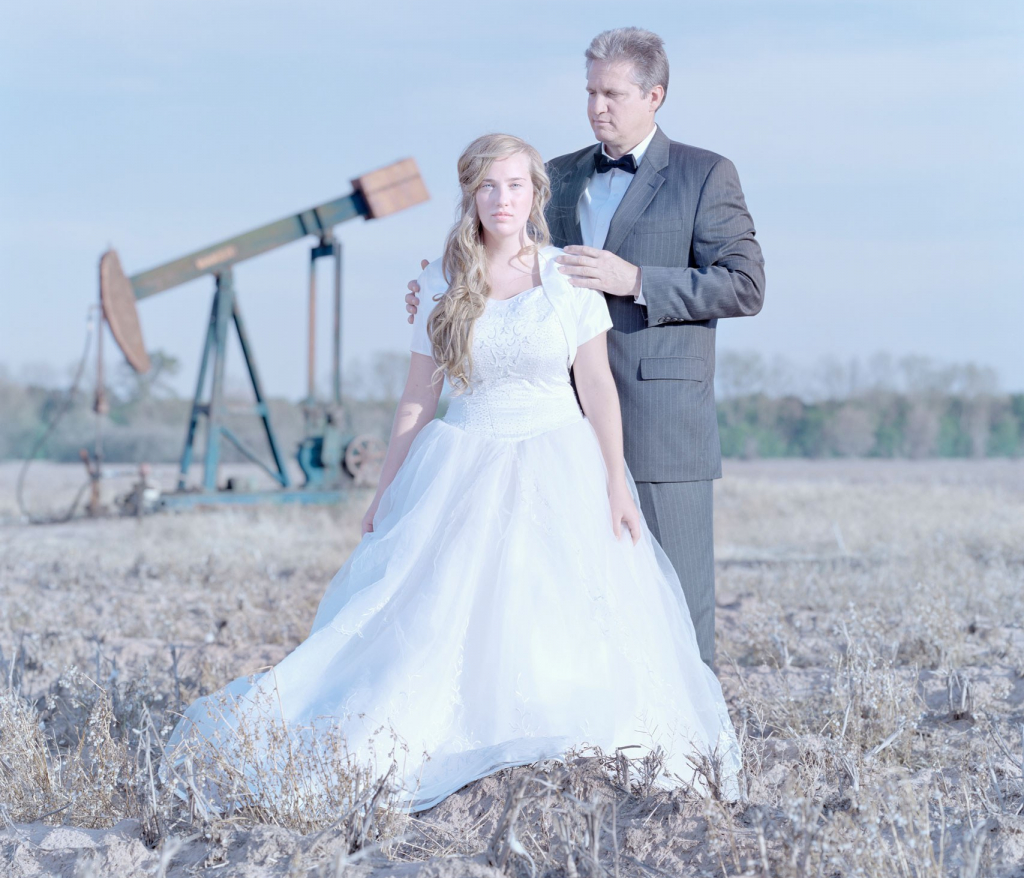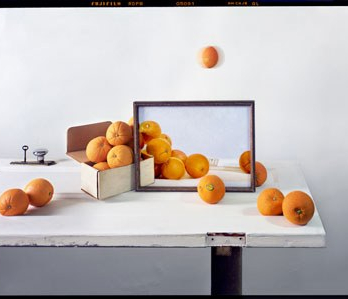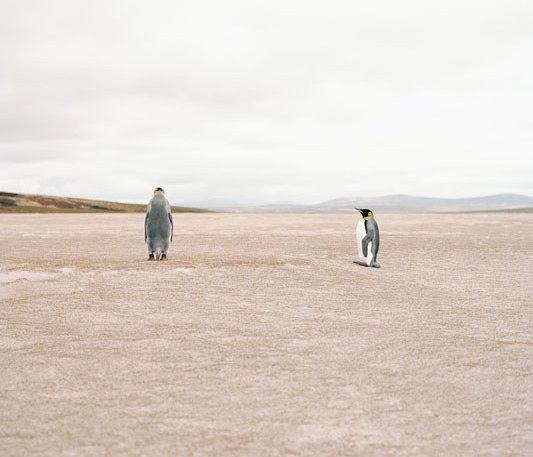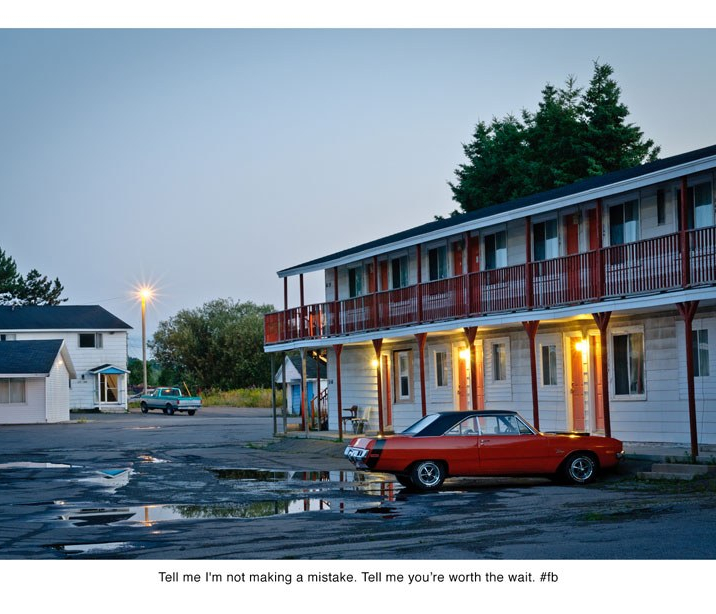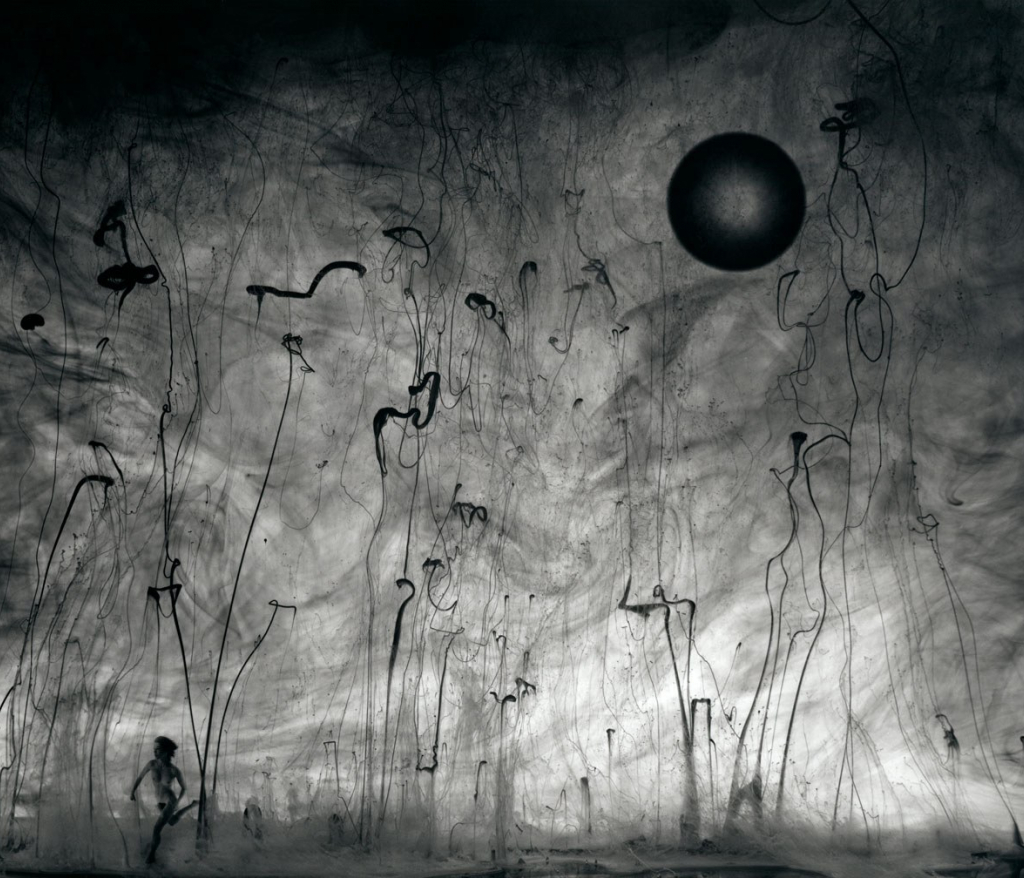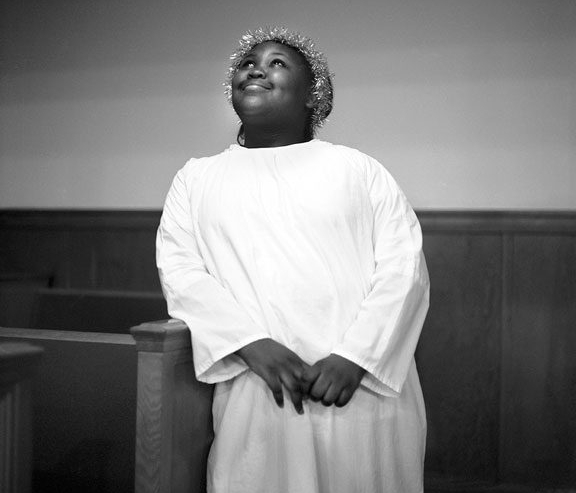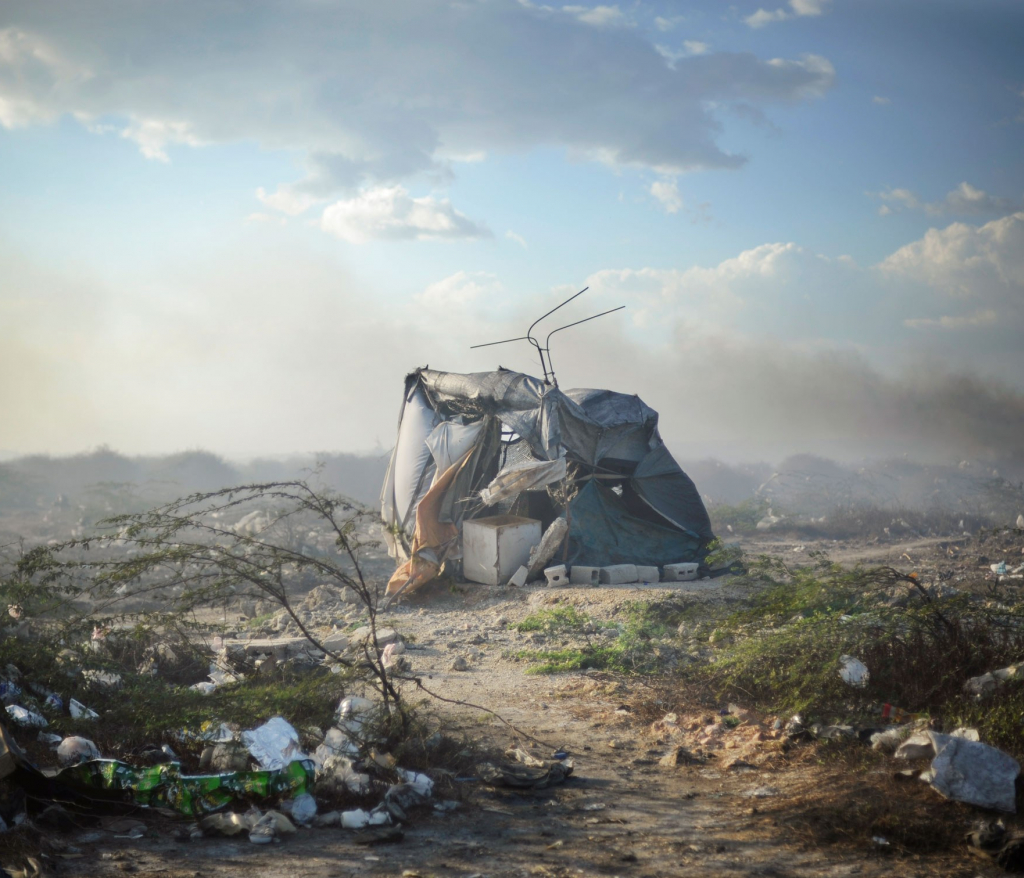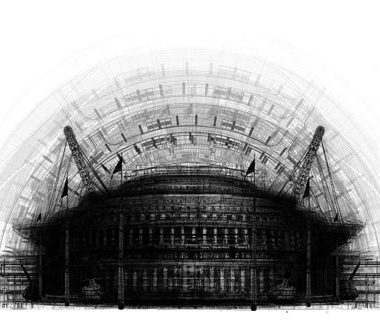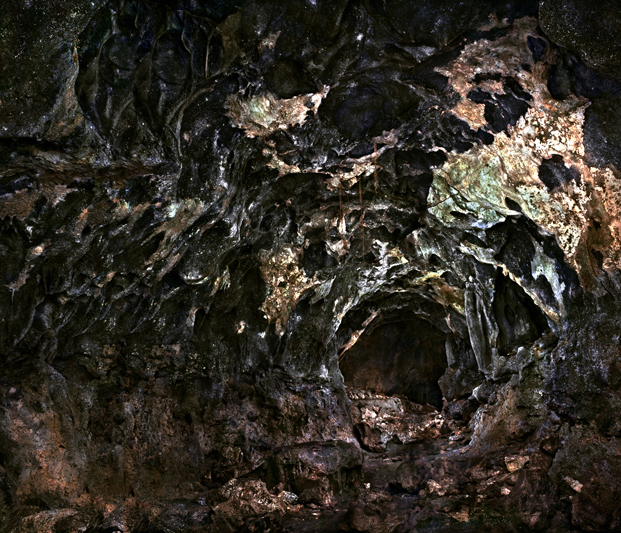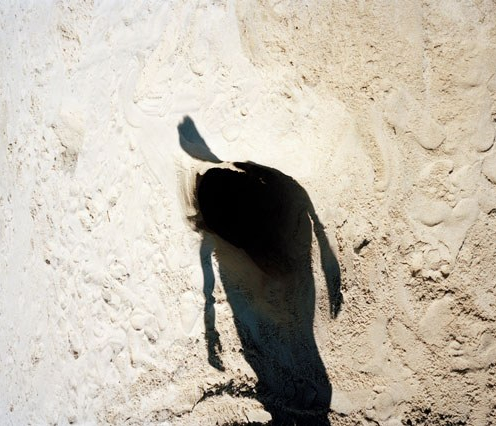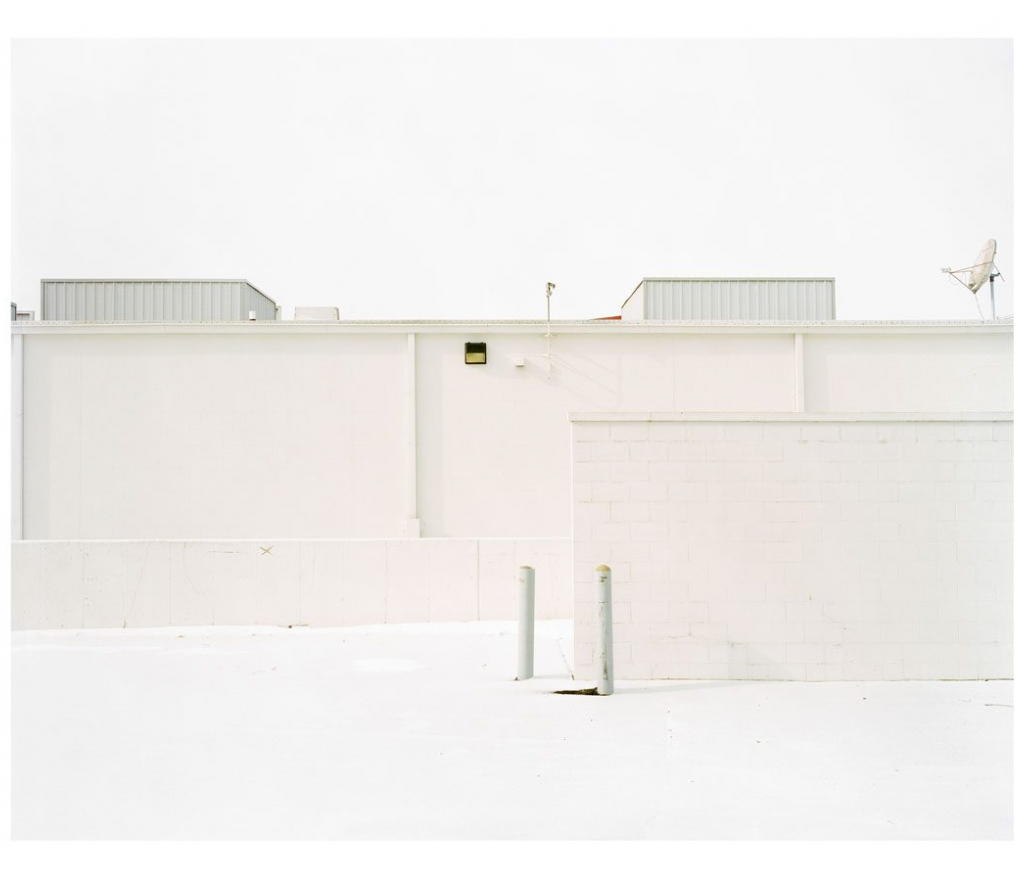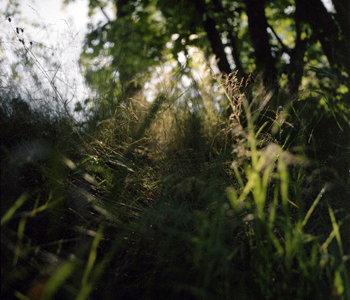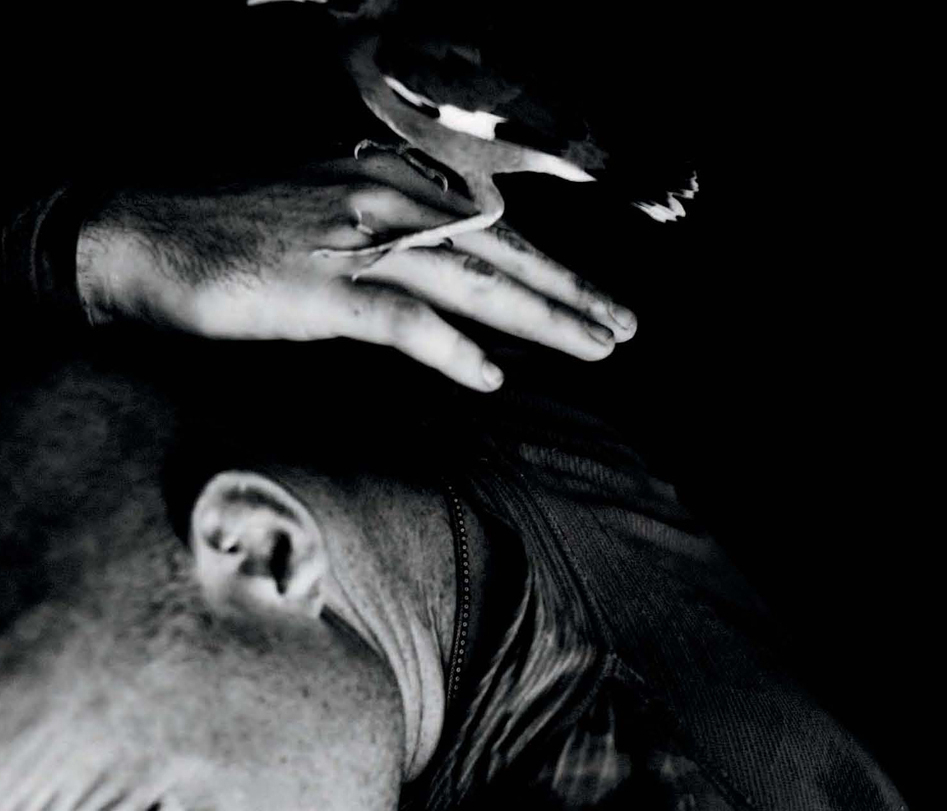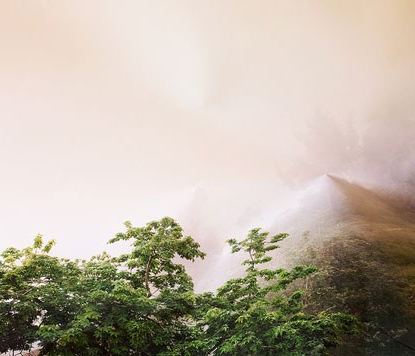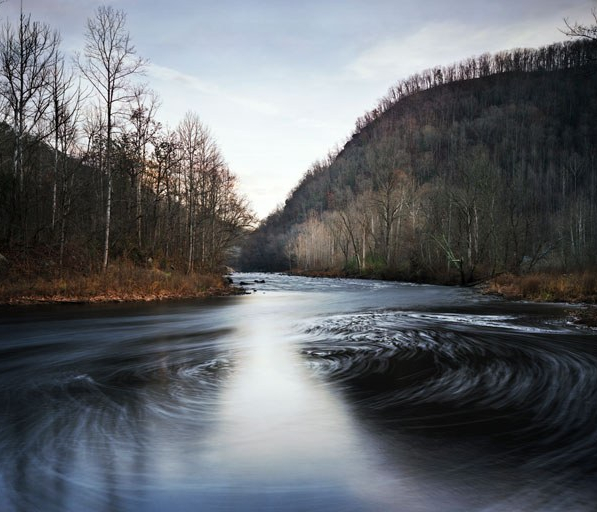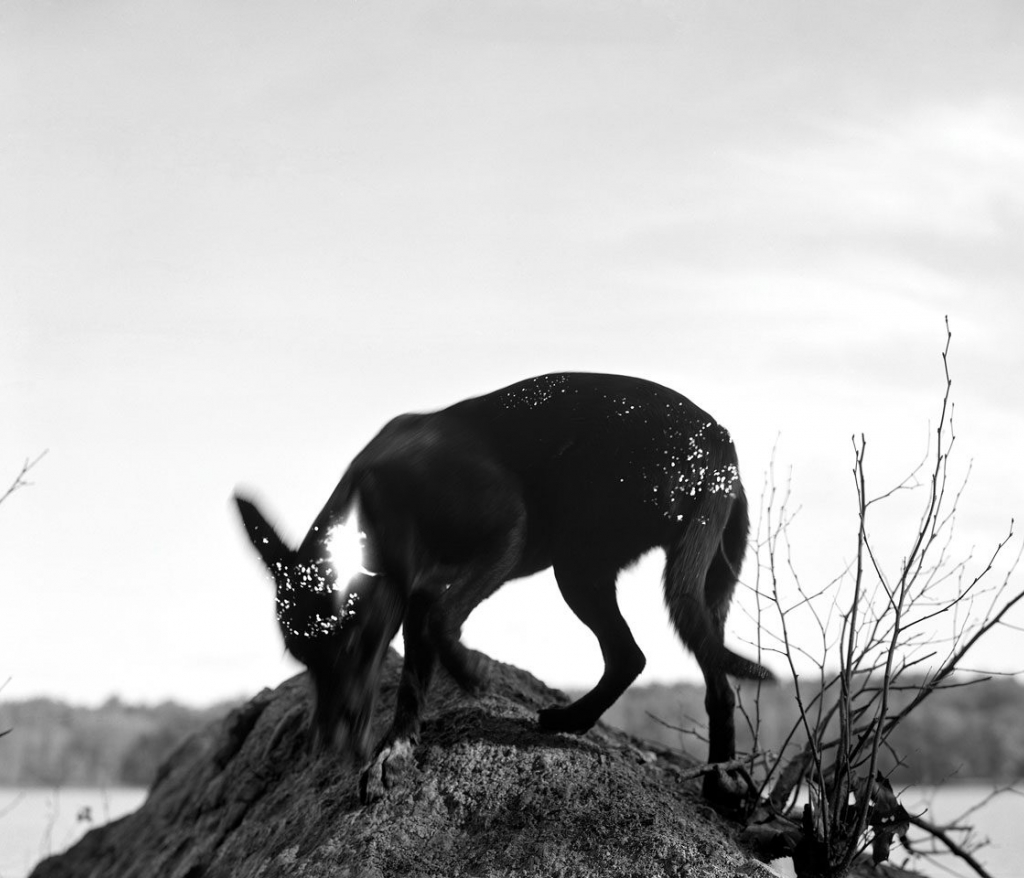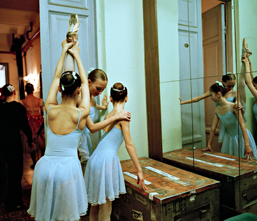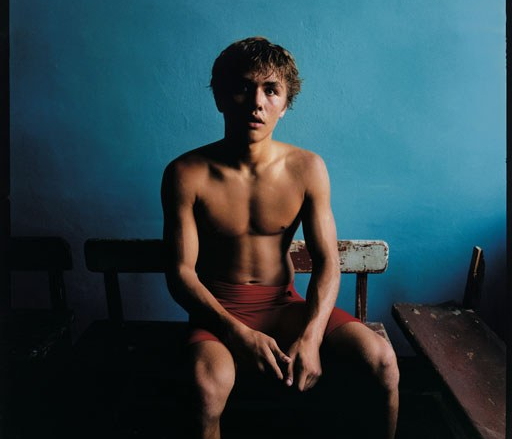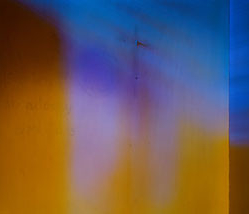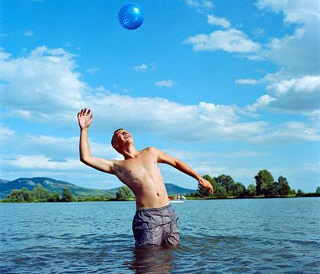Magic Show
Carol Golemboski
Dates + Events
Gallery Walk Opening Reception | Magic Show
Friday, June 4 | 5:00pm - 8:00pm
Gallery Walk + Film Screening | Magic Show
Friday, July 9 | 5:00pm - 10:00pm
Magic Show
Carol Golemboski
Join us for a magic show! On display at Pictura Gallery this summer is a collection of magic-themed darkroom prints by photographer, Carol Golemboski. She conjures the golden age of magic, with visual tricks and illusions folded into the mystique of the analog printing process. The show will be on view from June 4th to August 27th.
Curatorial Statement
Making a print in the darkroom, regardless of how well we understand the science, still feels like pure magic. You push a blank sheet into chemistry, and it emerges moments later as a real image. In the darkroom, the greater the technician, the greater the magician. And Carol Golemboski is a wizard. She puts a whole hatful of tricks into her prints, skillfully and playfully manipulating objects, props, drawing materials, photographic paper and chemistry to produce each image.
Magic holds its own particular aesthetic, one of stars, wands, and hypnotic lines. The cast consists of two-dimensional royalty, court jesters, the seductive curves and points of clubs and spades. Golemboski’s Magic Show rolls out a large number of pieces, unfurling like a scroll along the wall. They keep your attention, keep your eyes roving and searching, keep you from making too much sense of any one thing.
In every print, Golemboski deals out some sort of riddle or visual trick. The prints pull you into an interaction. You may start to feel that you’re not just passively looking at them. You begin to suspect them. You can’t help but wonder if each piece masks a slight of hand, that perhaps there’s something under the surface to be understood, or a transformation in progress.
Carol Golemboski uses antiquated objects as metaphors in carefully staged scenes. Her creative process, defined by the use of black and white film, expired photographic materials, and darkroom printing, combines photography, drawing, and photograms in ambiguous and provocative ways. Golemboski has received grants and fellowships from Center in Santa Fe, New Mexico, the New York Foundation for the Arts, the Virginia Museum of Fine Arts, Light Work and the Saltonstall Foundation. A monograph her series Psychometry was published by Flash Powder Projects in 2016. Her photographs can be found in the collections of the George Eastman Museum, the Denver Art Museum, and the Museum of Fine Arts Houston. She is a Professor of Photography at the University of Colorado Denver.
Photography and magic are natural companions. Stage magicians have traditionally relied upon misdirection, trickery and sleight of hand. Photography, the only medium with a reputation for recording “truth,” is also notorious for its ability to deceive. In Magic Show, the photographer is a magician who creates tricks behind the curtain of the darkroom. Sometimes the illusions occur in camera, but more frequently they are conjured in the printing process, with drawings, photograms and vintage photographic papers. While these pictures rely on darkness, mystery and metaphor, they are also an ode to the darkroom. For anyone who has marveled at an image “magically” appearing in the developer, these photographs recall an era that is quickly disappearing into thin air. Long Statement: In the summer of 2007 I went to the estate sale of a former magician. I drove away with several boxes of magnificent props: collapsible bird cages, oversized playing cards, silk scarves, paper flower bouquets—even a ventriloquist’s dummy. These objects prompted me to consider the common ground between photography and magic. Both have the ability to amaze and delight; both have the potential to misdirect and deceive.
I began to photograph the props, suspending objects with fishing line and shooting double exposures to simultaneously reference the clichés of magic and the timeworn tricks of traditional photography. During the printing process I employed my own assortment of carefully crafted darkroom techniques: sandwiching negatives, incorporating photograms, and combining photography and drawing. The resulting images are a blend of reality and fiction, with vintage objects serving as surreal metaphors in spaces that only partially exist.
Many of the photographs are superficially whimsical, but with an undercurrent of mischief or even malevolence. Magicians are illusionists who hoodwink their audience through charm, skill and bravado. Likewise, these pictures are designed to seduce the viewer with visual depth and complexity. The arrangements of objects are thinly veiled metaphors for a variety of emotions and anxieties experienced in contemporary society. They address feelings of conflict and helplessness while also suggesting a compulsion—or at least a willingness—to participate in the “show.”
In 2018 and 2019 I added to the series by creating trick cards, jokers, colorfully toned targets and photographic curiosities out of fogged black and white paper that expired in the mid-twentieth century. I set out to transform these papers into realistic simulations of magic show props. Trick playing cards appear to reveal secrets of the magician, but the real illusion is that these objects aren’t playing cards at all—they’re photographs. Here I used alternative darkroom chemicals, resists, photograms and toners to pull “magic” out of vintage materials that would ordinarily be destined for the trash bin.
While this project relies on darkness and metaphor, it is also, in part, an ode to the darkroom. For anyone who has ever marveled at an image “magically” appearing in the developer, this series recalls an era in photography that is disappearing into thin air. Despite our sophistication regarding image manipulation, our hunger for elaborate special effects, and our widespread cynicism, I use traditional materials to create a sense of wonder and mystery. Through this project I suggest that photography is magic and the darkroom, with its curtains, red glow, and chemical potions, still has the power to leave us spellbound.
Magic Show
Carol Golemboski
Join us for a magic show! On display at Pictura Gallery this summer is a collection of magic-themed darkroom prints by photographer, Carol Golemboski. She conjures the golden age of magic, with visual tricks and illusions folded into the mystique of the analog printing process. The show will be on view from June 4th to August 27th.
Curatorial Statement
Making a print in the darkroom, regardless of how well we understand the science, still feels like pure magic. You push a blank sheet into chemistry, and it emerges moments later as a real image. In the darkroom, the greater the technician, the greater the magician. And Carol Golemboski is a wizard. She puts a whole hatful of tricks into her prints, skillfully and playfully manipulating objects, props, drawing materials, photographic paper and chemistry to produce each image.
Magic holds its own particular aesthetic, one of stars, wands, and hypnotic lines. The cast consists of two-dimensional royalty, court jesters, the seductive curves and points of clubs and spades. Golemboski’s Magic Show rolls out a large number of pieces, unfurling like a scroll along the wall. They keep your attention, keep your eyes roving and searching, keep you from making too much sense of any one thing.
In every print, Golemboski deals out some sort of riddle or visual trick. The prints pull you into an interaction. You may start to feel that you’re not just passively looking at them. You begin to suspect them. You can’t help but wonder if each piece masks a slight of hand, that perhaps there’s something under the surface to be understood, or a transformation in progress.
Carol Golemboski uses antiquated objects as metaphors in carefully staged scenes. Her creative process, defined by the use of black and white film, expired photographic materials, and darkroom printing, combines photography, drawing, and photograms in ambiguous and provocative ways. Golemboski has received grants and fellowships from Center in Santa Fe, New Mexico, the New York Foundation for the Arts, the Virginia Museum of Fine Arts, Light Work and the Saltonstall Foundation. A monograph her series Psychometry was published by Flash Powder Projects in 2016. Her photographs can be found in the collections of the George Eastman Museum, the Denver Art Museum, and the Museum of Fine Arts Houston. She is a Professor of Photography at the University of Colorado Denver.
Photography and magic are natural companions. Stage magicians have traditionally relied upon misdirection, trickery and sleight of hand. Photography, the only medium with a reputation for recording “truth,” is also notorious for its ability to deceive. In Magic Show, the photographer is a magician who creates tricks behind the curtain of the darkroom. Sometimes the illusions occur in camera, but more frequently they are conjured in the printing process, with drawings, photograms and vintage photographic papers. While these pictures rely on darkness, mystery and metaphor, they are also an ode to the darkroom. For anyone who has marveled at an image “magically” appearing in the developer, these photographs recall an era that is quickly disappearing into thin air. Long Statement: In the summer of 2007 I went to the estate sale of a former magician. I drove away with several boxes of magnificent props: collapsible bird cages, oversized playing cards, silk scarves, paper flower bouquets—even a ventriloquist’s dummy. These objects prompted me to consider the common ground between photography and magic. Both have the ability to amaze and delight; both have the potential to misdirect and deceive.
I began to photograph the props, suspending objects with fishing line and shooting double exposures to simultaneously reference the clichés of magic and the timeworn tricks of traditional photography. During the printing process I employed my own assortment of carefully crafted darkroom techniques: sandwiching negatives, incorporating photograms, and combining photography and drawing. The resulting images are a blend of reality and fiction, with vintage objects serving as surreal metaphors in spaces that only partially exist.
Many of the photographs are superficially whimsical, but with an undercurrent of mischief or even malevolence. Magicians are illusionists who hoodwink their audience through charm, skill and bravado. Likewise, these pictures are designed to seduce the viewer with visual depth and complexity. The arrangements of objects are thinly veiled metaphors for a variety of emotions and anxieties experienced in contemporary society. They address feelings of conflict and helplessness while also suggesting a compulsion—or at least a willingness—to participate in the “show.”
In 2018 and 2019 I added to the series by creating trick cards, jokers, colorfully toned targets and photographic curiosities out of fogged black and white paper that expired in the mid-twentieth century. I set out to transform these papers into realistic simulations of magic show props. Trick playing cards appear to reveal secrets of the magician, but the real illusion is that these objects aren’t playing cards at all—they’re photographs. Here I used alternative darkroom chemicals, resists, photograms and toners to pull “magic” out of vintage materials that would ordinarily be destined for the trash bin.
While this project relies on darkness and metaphor, it is also, in part, an ode to the darkroom. For anyone who has ever marveled at an image “magically” appearing in the developer, this series recalls an era in photography that is disappearing into thin air. Despite our sophistication regarding image manipulation, our hunger for elaborate special effects, and our widespread cynicism, I use traditional materials to create a sense of wonder and mystery. Through this project I suggest that photography is magic and the darkroom, with its curtains, red glow, and chemical potions, still has the power to leave us spellbound.
Dates + Events
Gallery Walk Opening Reception | Magic Show
Friday, June 4 | 5:00pm - 8:00pm
Gallery Walk + Film Screening | Magic Show
Friday, July 9 | 5:00pm - 10:00pm
